Dear friends,
After our cruise along the Turquoise Coast and our visit to Ephesus, we said good by to three of our group, and the remaining four of us flew to Kayseri in Central Türkiye, and from there carried on by van to the region known as Cappadocia.
I won’t be the first and certainly not the last to say ‘ Cappadocia is a place all travelers should visit at least once in their lifetime.’ What a truly magical place and we were fortunate enough to spend three days here.
The ‘fairytale’ landscape of Cappadocia was created about 30 million years ago, when erupting volcanoes blanketed the region with ash. The ash solidified into an easily eroded material called tuff, overlaid in places by hard volcanic rock. Over time, through erosion by water, wind and changes in temperature, the tuff was worn away creating distinctive formations, including the capped-cone ‘Fairy Chimneys’. They are thus called because early inhabitants of Cappadocia believed that they were the chimneys of fairies who lived under the ground.
Tourists walk through the spectacular landscape
The softness of the tuff, made it easy to excavate to make dwellings, and some you can clamber into
Not only houses but all kinds of workrooms such as this mill with grinding stone,
and an oven, maybe for baking bread bread
Looking out from one of the houses, we has a great view of three fairy chimneys,
Many more fairy chimneys, all around
Our knowledgable guide, Halil, explaining the landscape to us
Between the chimneys, there are grape vines and apricot trees
The grapes are grown without trellises, so they can benefit from the ground water
and morning dew and are easier to harvest
Some of the outcrops have names – this dramatic chimney is locally known as ‘the rabbit’
Magnificent views of this strange landscape wherever you turn
Just another view of this remarkable landscape
Whole ancient villages with houses, dovecotes and churches to be explored
Spectacular collection of houses at Zelve, many with several levels.
Often the facades have been eroded so you can see inside
Evidence of what once have been a huge cave, perhaps a church, but the outer wall eroded
The beautifully carved entrance to a church
More houses and a line of ‘pigeon holes’ for the doves
The ‘Three Beauties’ of Cappadocia, characters in a legend
One of the most important symbols of Cappadocia, the Legend of Three Beauties takes its name from the fairy chimneys of two adults and a child. Rumor has it that a king and princess lived in Cappadocia. The beautiful princess, the daughter of the king, fell in love with a shepherd. However, the arrogant king would not give approval for this love, and forbids his daughter to marry despite all her insistence. Realizing that she can not convince her father, the princess runs away with her beloved one night. After the escape, the shepherd and the princess have a child. Then the princess considers visiting her father, thinking that the stubbornness of the king will be broken after the baby is born. However, the cruel king, who learns that he has a grandson, gets even angrier and maddened. He instructs his soldiers to find the daughter and the shepherd. The poor princess and her family, who are cornered by the soldiers who follow them, realize that they can no longer escape. At that moment, she prayed to God for a miracle for her family to stay together. The princess’s wish came true and all the family turned into immortal fairy chimneys. It is believed that the foremost is the shepherd, the middle one is the child, and the one in the back is the princess.
Beautiful evening shadows across the valley, showing more cave settlements
A tree covered in ‘evil eyes’, put there by people wishing to stave off troubles
After a splendid day hiking through the rock formations and cave dwellings, we were delivered to our hotel – the Kale Konak Cave Hotel in the citadel town of Uchisar, the rooms of which were built into the rock – a real cave dwelling for us to try. But before that, as we were checking in, I heard a faint squeaking and following the mewing to the nearby office, I found two new kittens which had been rescued from the street.
How adorable are these two little kittens?
Our cave abode had two bedrooms and a bathroom, so we were in luxury indeed.
The beds had canopies which collected the falling bits of ceiling which flaked continuously
I bagged the lower room which even had a little desk so I could write my diary in comfort
Outside our room was a beautiful dining area which did have natural light shining in
The following day, we set off for an enjoyable hike down the Rose Valley and looking back from the beginning of the trail, we could see the remarkable skyline of the town of Uchisar dominated with a massive rock, under which was our hotel. Many of the other houses and hotels of this town of were also built into the rock and access was sometimes up winding staircases between cliffs and rocks. It was decided chilly first thing with frost on the ground and silver lined leaves, but it soon warmed up with the sunshine and we hiked under a brilliant blue sky.
The town of Uchisar
Seeing the line of pink through the rocks, we understood this area was called Rose Valley
Here the landscape was more weathered and the formations more rounded than pointy
Many sculpted dovecotes and beehives along this cliff-face
Dovecotes are the most ubiquitous landscape carvings in Cappadocia. They are dark, closed rooms for pigeons to roost in at night time. Once a year, farmers collect the pigeon droppings from the floor to use as fertilizer. Pigeon poop is extremely rich in nitrogen, a chemical needed for farming Cappadocia’s volcanic soil, and thus the most valued natural fertilizer. Farmers often converted existing rooms into pigeon cotes. Why dig, when you can use an abandoned church room? They would seal off the entrance with rocks and mud mortar, and then create a small hole high from the ground. This hole allowed pigeons to enter, but kept out predators like coyotes or weasels. To attract the pigeons, farmers painted a white background or colorful designs around the entrance hole. On the inside farmers create roosting spaces by either by hanging branches across the space for birds, or by carving rows of small niches into the wall. Both styles provide roosting places for pigeons.
Cappadocians also carved large beehives into the landscape. Like pigeon cotes, these protected rooms had small entrances and internal dwelling spaces, though shaped specifically for bees. Beehives have rows of small holes on the outside. The slits are just big enough for the bees to enter. The inside has columns to support shelving for the honeycombs. Around 2m x 4m, these beehive rooms are much larger than modern bee boxes.The bees provided honey, the only sweetener in Byzantine time and the beehives also attracted and protected bees to pollenate nearby crops.
Tiny entrances for the bees into their hives
Another view of the entrance to some of the cave houses with dovecotes above,
many with beautiful carvings etched into the stone. Can you see the carved peacocks?
And then we came to perhaps my favorite of all the caves we climbed into, and there were many. We explored stables and houses and monasteries on this day of hiking and exploration, but the one that took my breath way was this church. The sheer height of the arched ceiling, the glorious pillars, and the morning light slanting into the clean cream interior were just beautiful.
Jeanne looking up in wonder
Morning light slanting through the window slots
Out on the trail again and we had to stand aside as a group of riders came trotting along from the other direction. There are many stables hereabouts as exploring the area on horseback is a favorite option for many tourists.
Giving us a wave as they passed by
This dwelling reminded me of a thatched cottage with its overhanging eaves
Another interesting set of caves to explore
Perfectly situated for a mid-morning break was this small cafe set among the caves
As with other sites we visited in Cappadocia, rather than leave the churches and more elaborate sites untended, and sadly open to vandalism, the owners of the land on which they stand act as the guardians of their sites. To afford the up-keep of these precious archaic sites, the owners very often set up a small business such as a cafe or a stall selling local handcrafts.
Our host preparing freshly squeezed pomegranate and orange juice – delicious
The owners’ cosy little abode in a cave behind his cafe
Jeanne about to enter the church at this site after climbing up the rather rickety entrance staircase
Inside, colorful paintings and a carved cross on the ceiling
A closer view of the wall paintings, still bright as they have not been faded by natural sunlight
And closer still, looking up at the top of the domed alcove
Our friends also had a juice at the cafe and then carried on with their trek
Plenty of cats everywhere, but also some Anatolian shepherd dogs, a very large, elegant breed.
This one walked some of the trail with us, until he realized there was no food being offered
Another view looking back to Uchisar with the craggy landscape in the foreground
The area of Cappadocia is relatively small, covering around 300 square kilometers in Central Anatolia, and over the centuries has nurtured vast armies and great empires, and its history and prosperity have always been linked to the land and agriculture. In the ancient Persian language, Cappadocia meant ‘land of beautiful horses’ and in Roman times, brood mares were so highly prized that a special tax was imposed on their sales. The scores of hidden chapels with exquisite paintings or frescoes on their walls is ample proof of the Christian faith that was established here by the 4th Century AD
Grapevines and apricot orchards abound in this beautiful region.
The diary of a 4th Century Saint even records wine as a local product
When it was time for lunch we drove to the picturesque Cavusin Village which almost looked to me like a movie set in the wild west. Little antique shops galore and equally interesting local characters, and cats all over the place.
Shop fronts and curios in Cavusin
A broader view of the shops in Cavusin
Don’t mind me, I’m just passing through
Who are you looking at, I’m just another stray cat
Keeping an eye on the tourists and very quick to pounce if there’s any food about
In the afternoon, we visited the town of Avanos where ceramics and wine, and now tourism too, are the town’s lifeblood. We visited the Omurlu potter’s cave workshop and saw an age old demonstration of this beautiful art form. The pieces are thrown by hand, then painted and glazed, many of the designs being painstakingly reproduced from Iznik originals, dating back to the Ottoman era.
The sign at the entrance to the pottery
Skillfully showing us the making of a pot while we sipped delicious apple tea
Fitting the separately made lid, and it fitted perfectly
Traditions carry on – with such an important family business being passed on down through generations of the same family, young men wishing to marry into the family had first to prove their skill by showing they could make a perfect pot, and that the lid they created separately, with out measuring anything, would be a perfect fit. Only then would their proposal be considered. This potter had clearly successfully passed the test.
Ceramic figures and bowls on display
A master craftsman, add the swirls of white to an otherwise colorful cup
Many different pots, bowls, wine flasks and goblets looking for a buyer
Our last visit of the day was to a Monastery complex in the Goreme Open-Air Museum. I think I was getting a tad tired with all the hiking and wonderful sights and experiences of the day, but here are a couple of photos from that visit.
Many of the outer walls of this church have been eroded, and sad though this is, it does mean
that you can see several of the levels and paintings even from outside
Inside the dining room of the monastery, the end of a long table carved into the rock so young trainees
and the monks could all sit on the benches and dine together, and a painting in the alcove behind
Leaving the last site, there were a number of shops, and of course, there was a cheerful ice cream seller at his task, pounding the ice-cream with the metal rod to make it just the right consistency
Ice-cream for the tourists and local alike
And so ended another action-packed couple of days, this time in the magical Cappadocia. We ate and retired early that evening, so as to be ready for a very early morning start the following day. Read all about it in the next journal entry which should be up in a few more days. I’ll tell you about the hot air balloon ride at dawn, the descent into the underground city, chatting with local farmers, lunch and a walk-about in the village of Mustafapasa and seeing the ‘whirling dervishes’ in an ancient Caravanserai.
If you have enjoyed this episode, please leave a comment or a question in the section below and I will be happy to respond to your message. I appreciate all and every comment left for me.
Until soon, all good wishes to you my friends and followers,
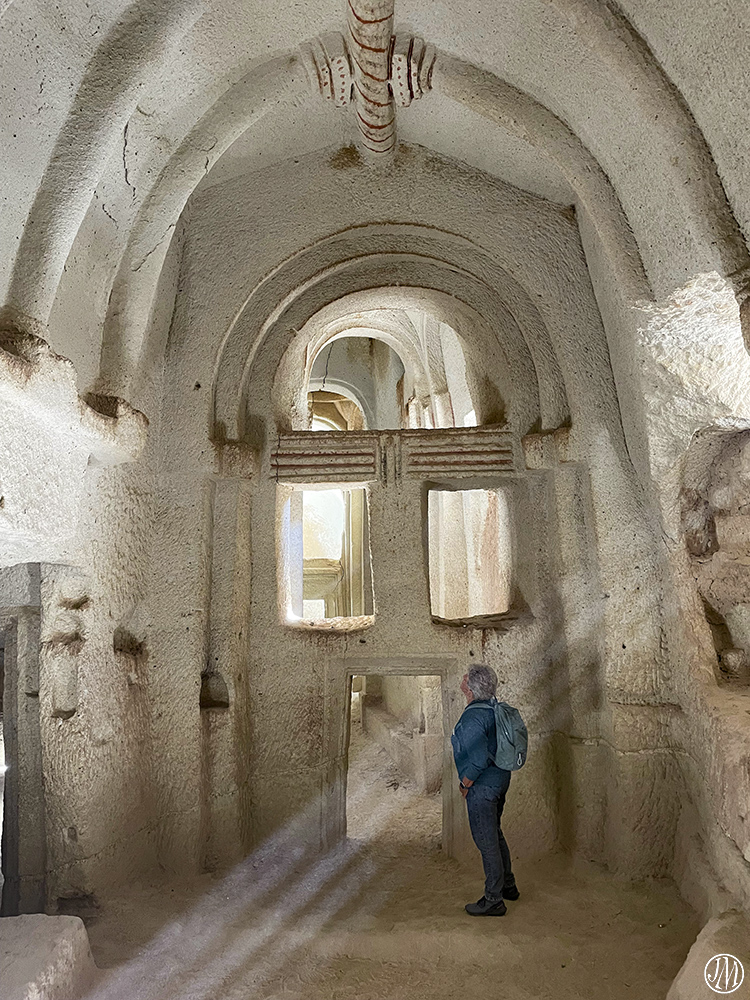
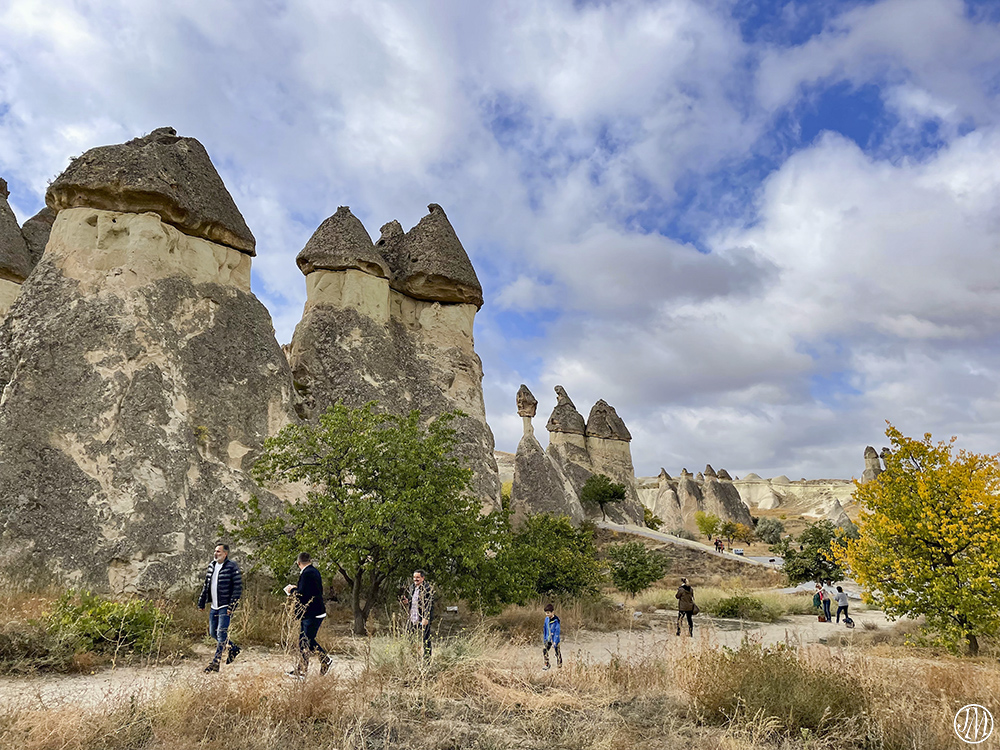
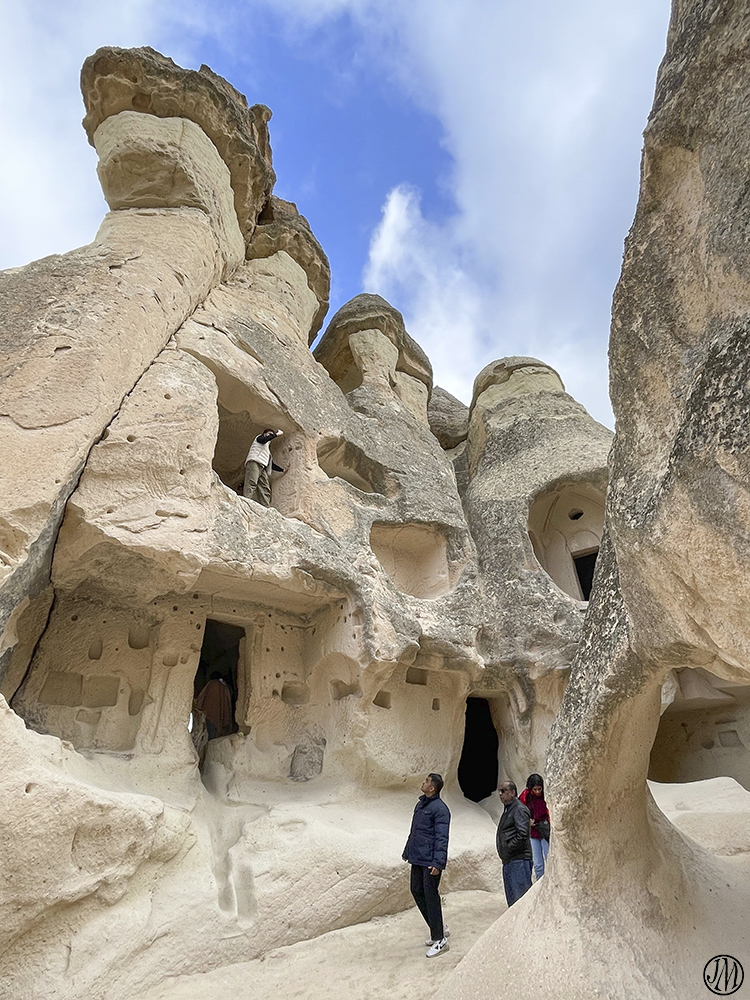
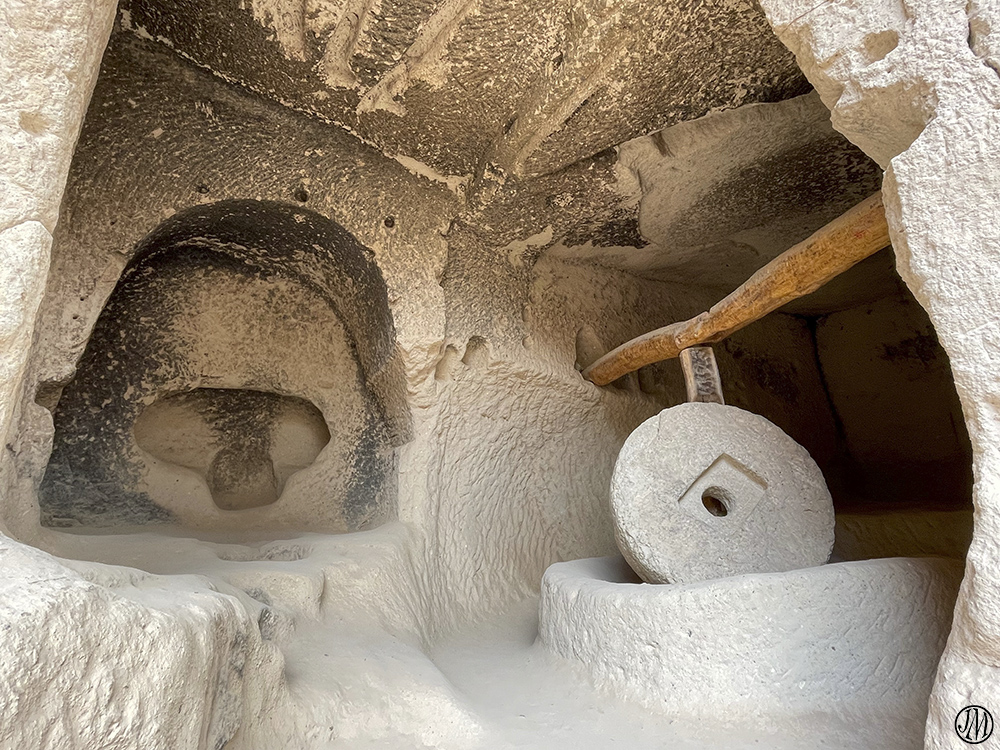
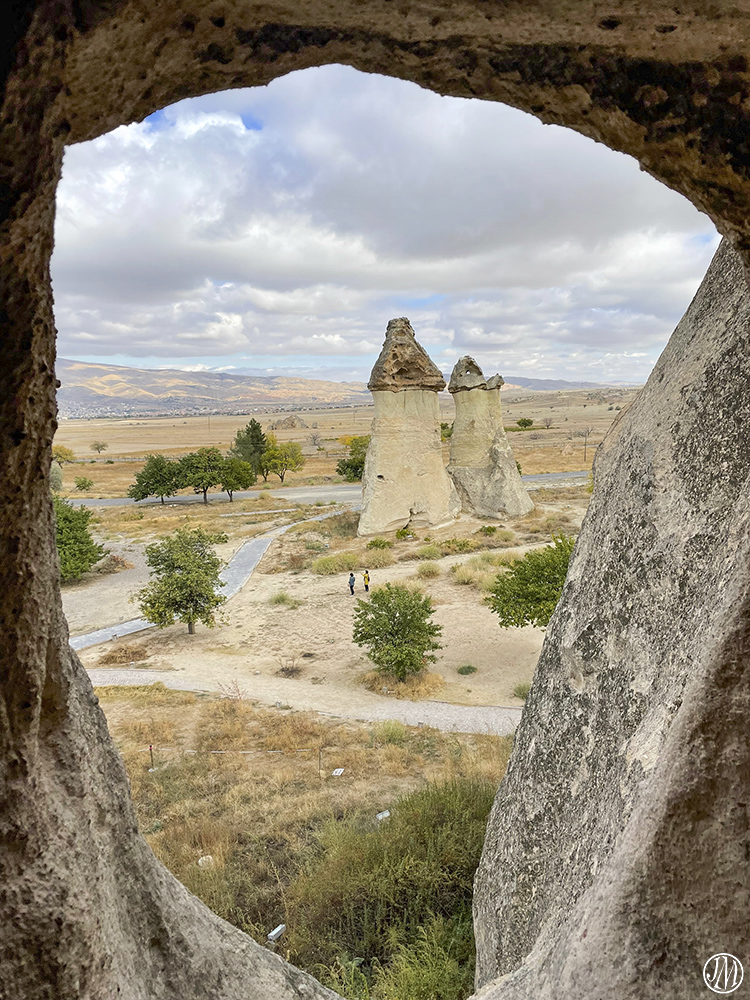
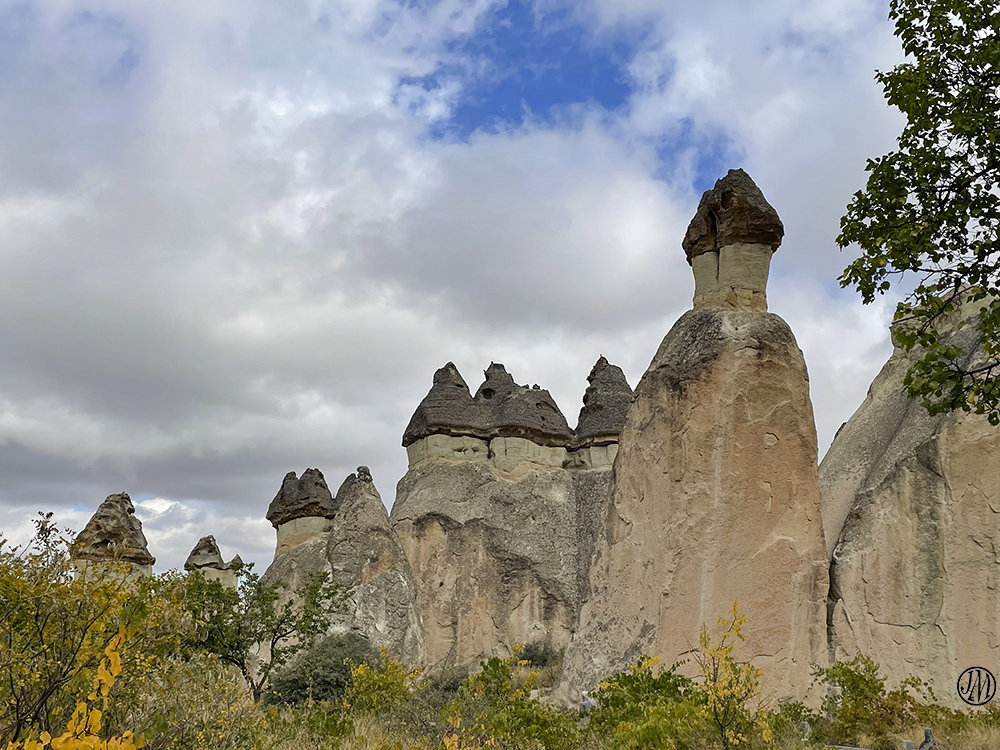
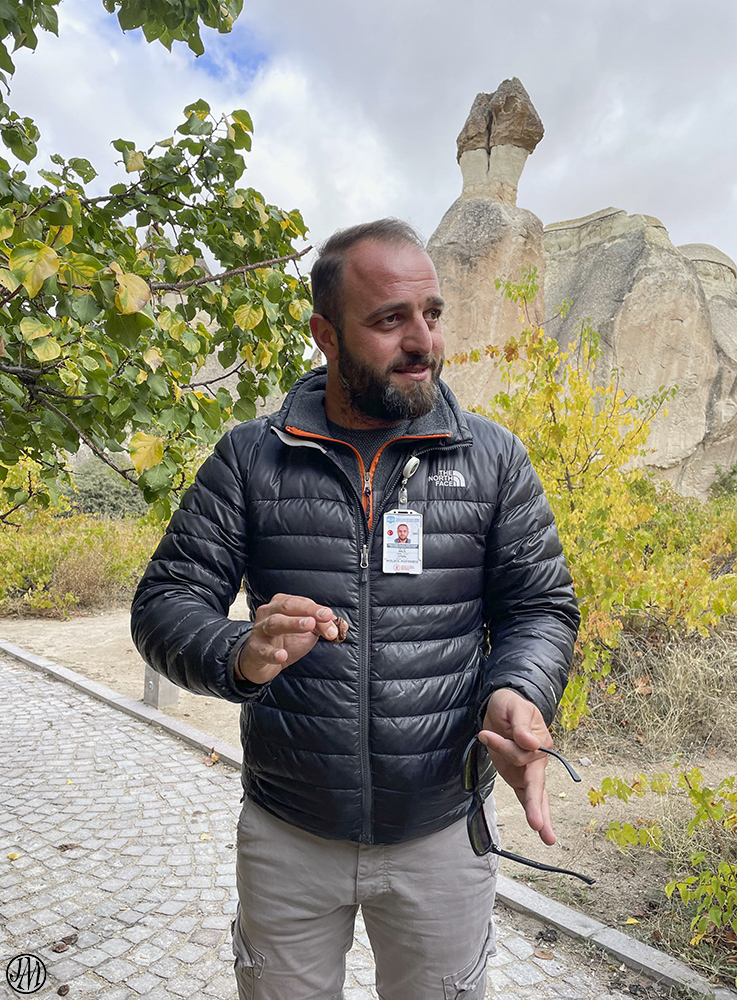
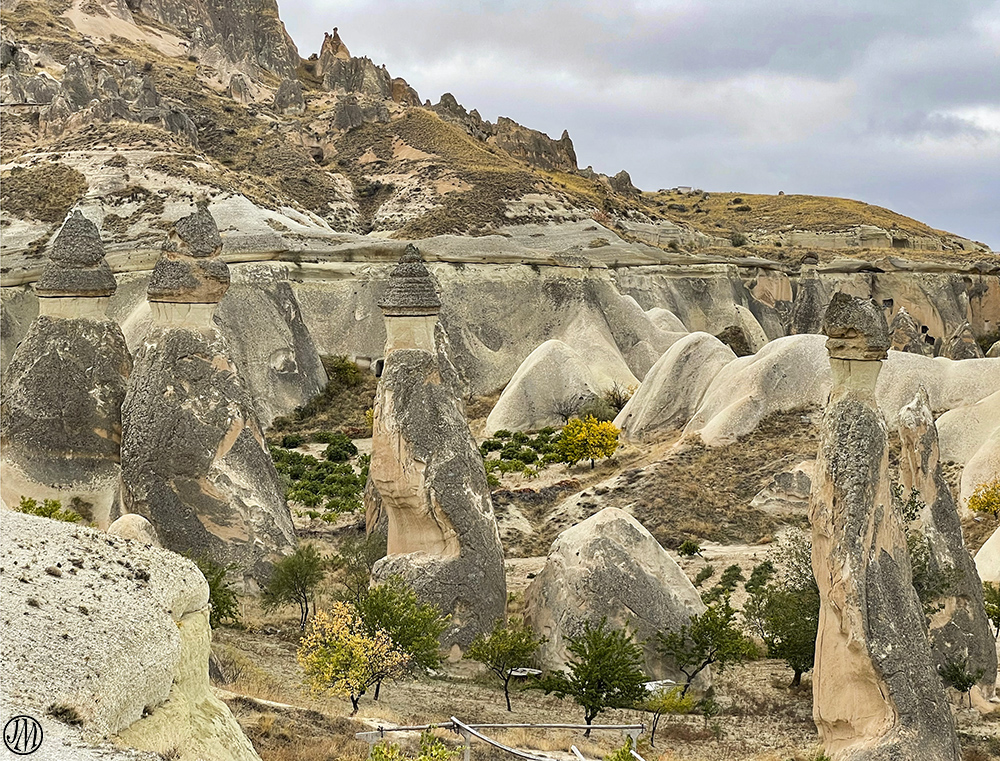
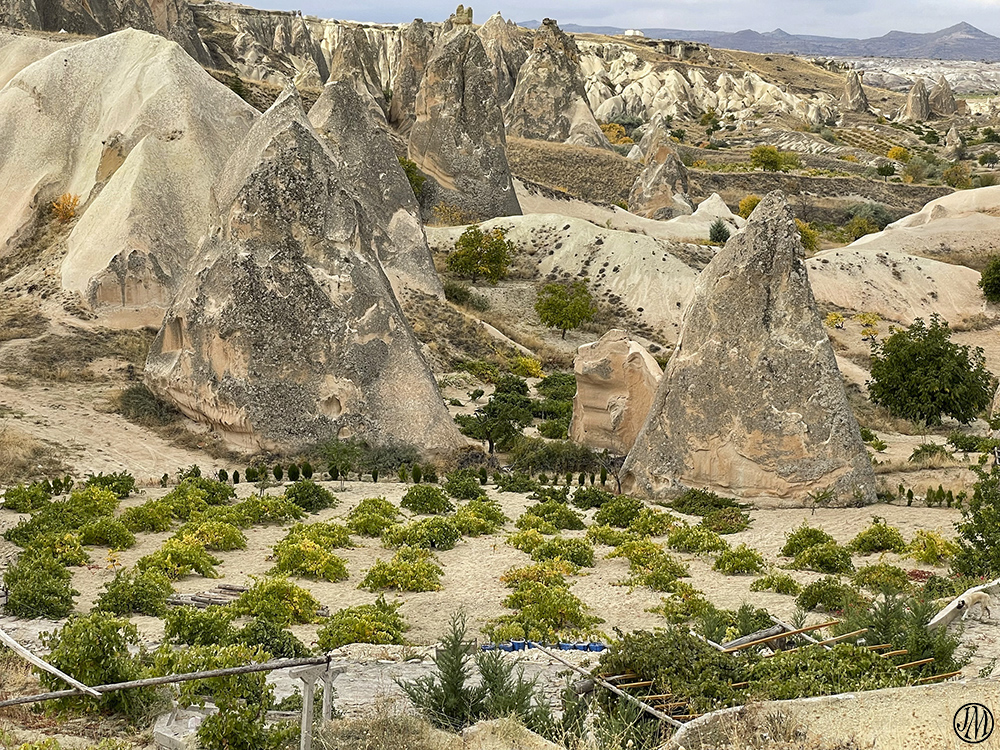
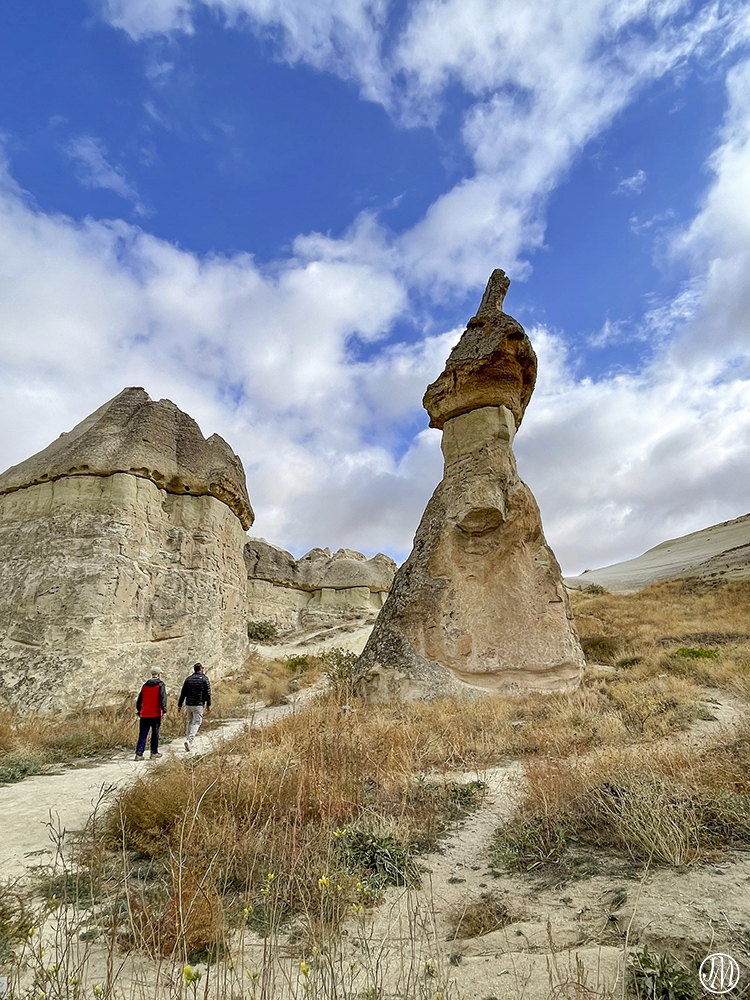
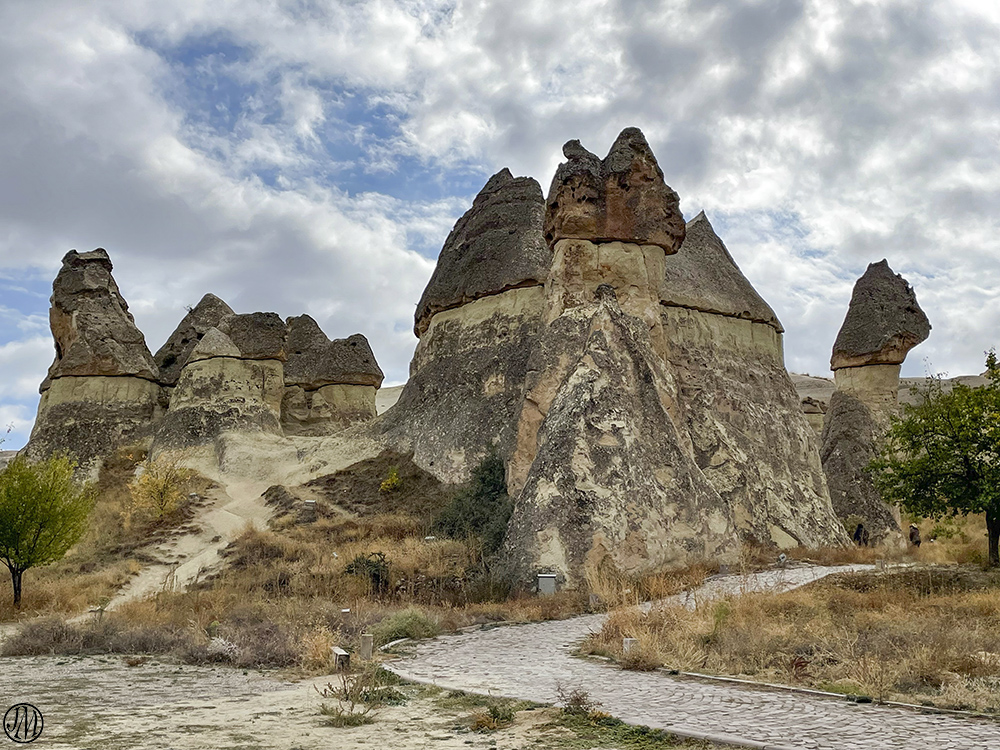
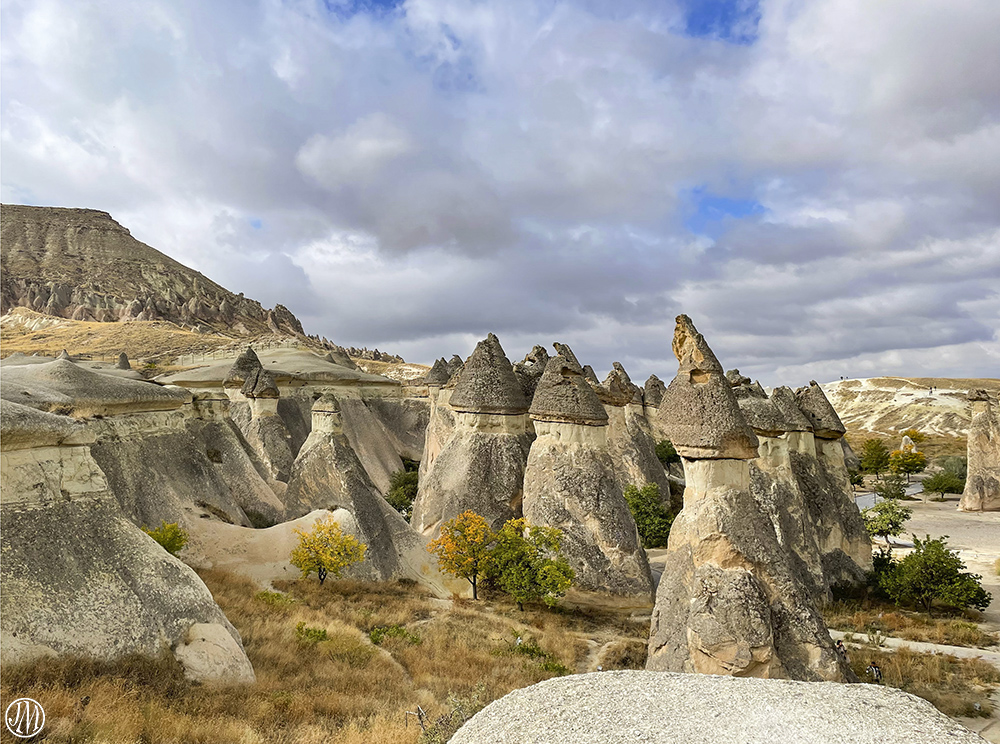
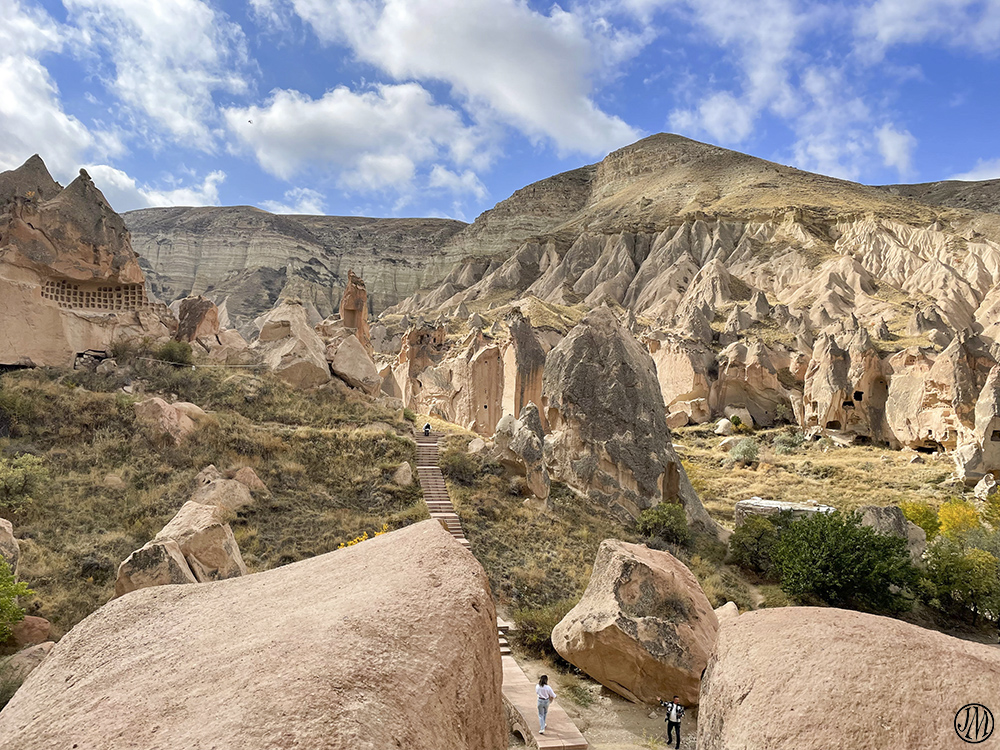
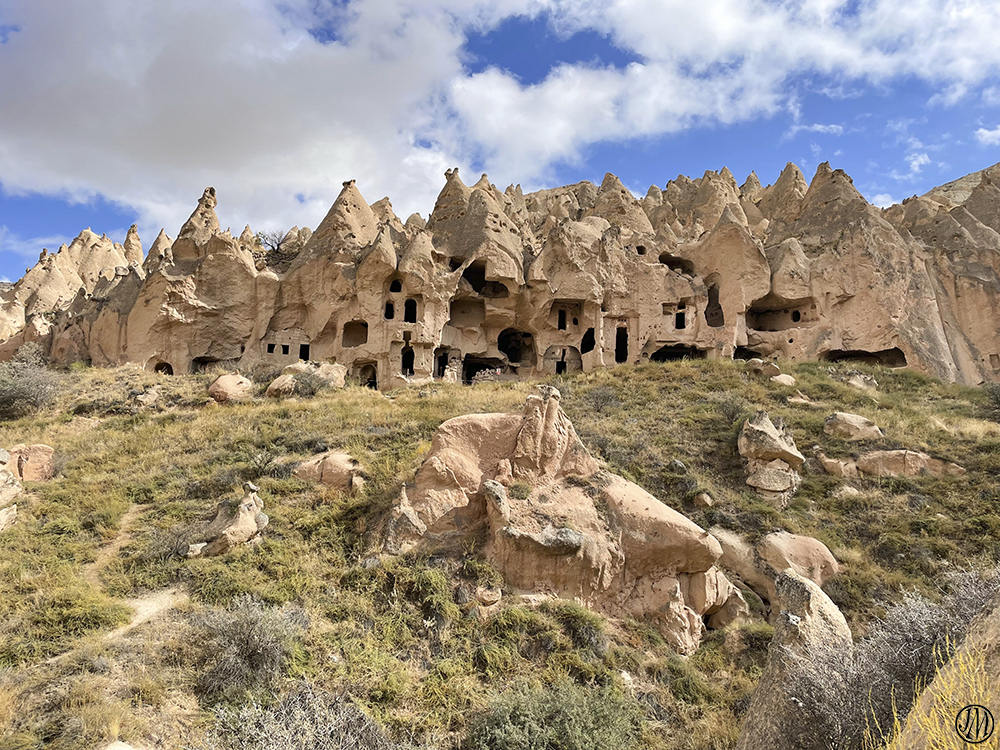
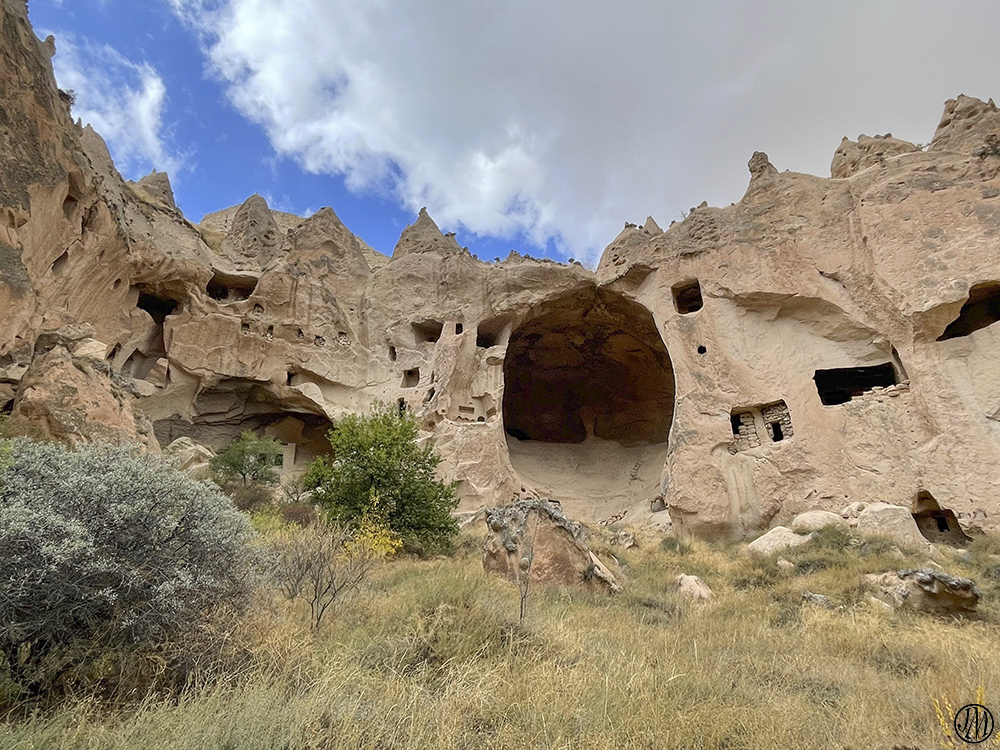
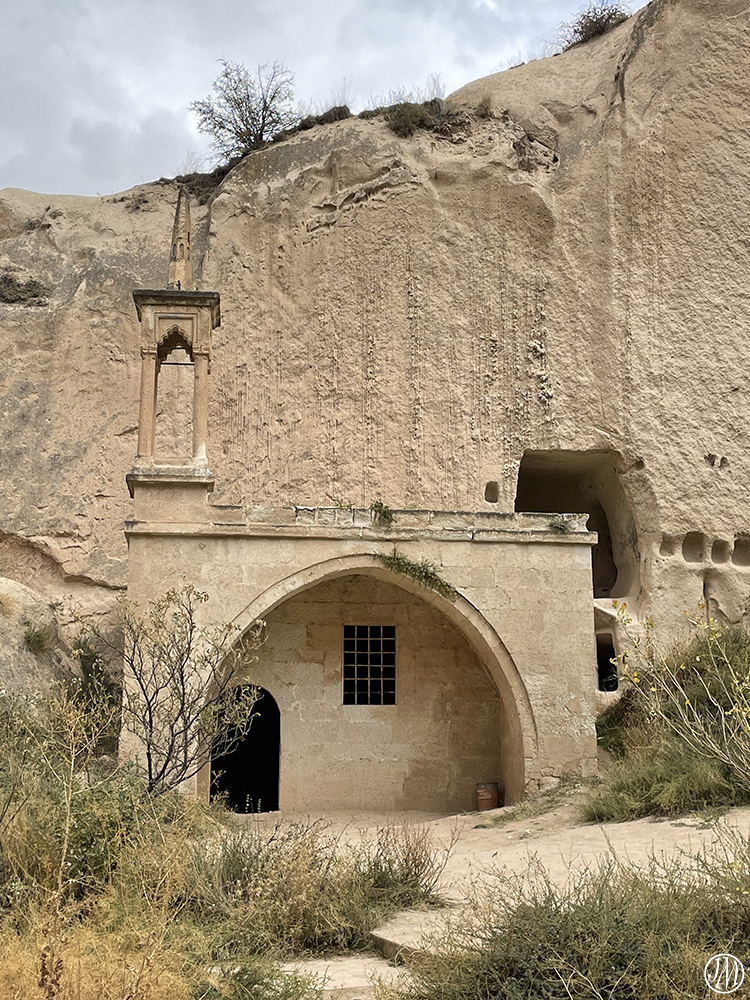
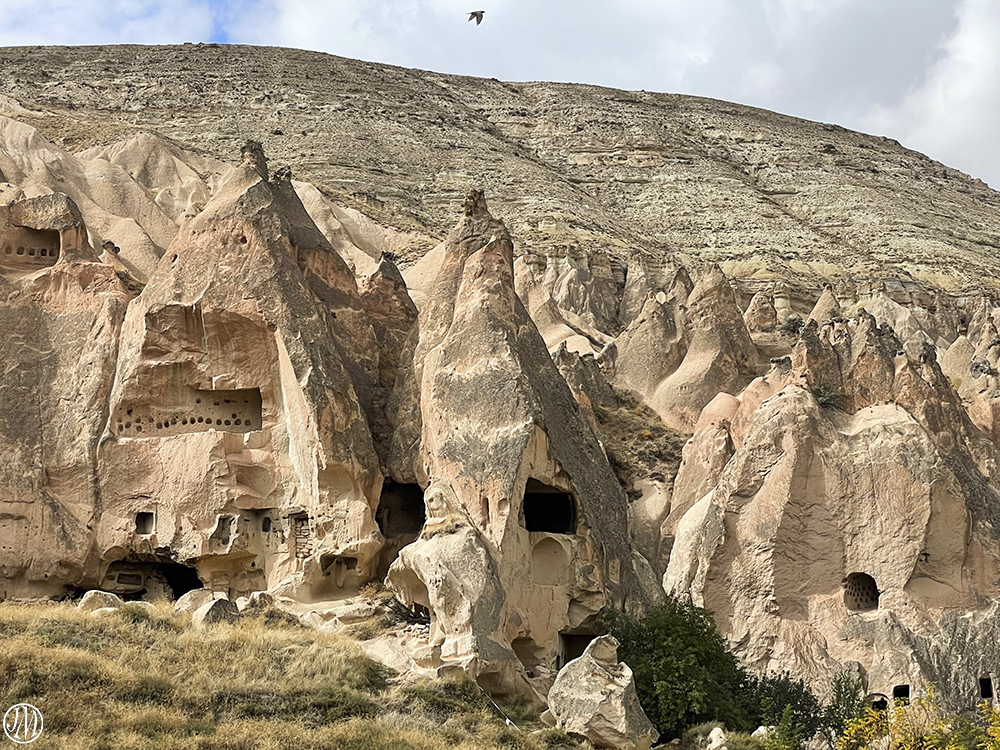
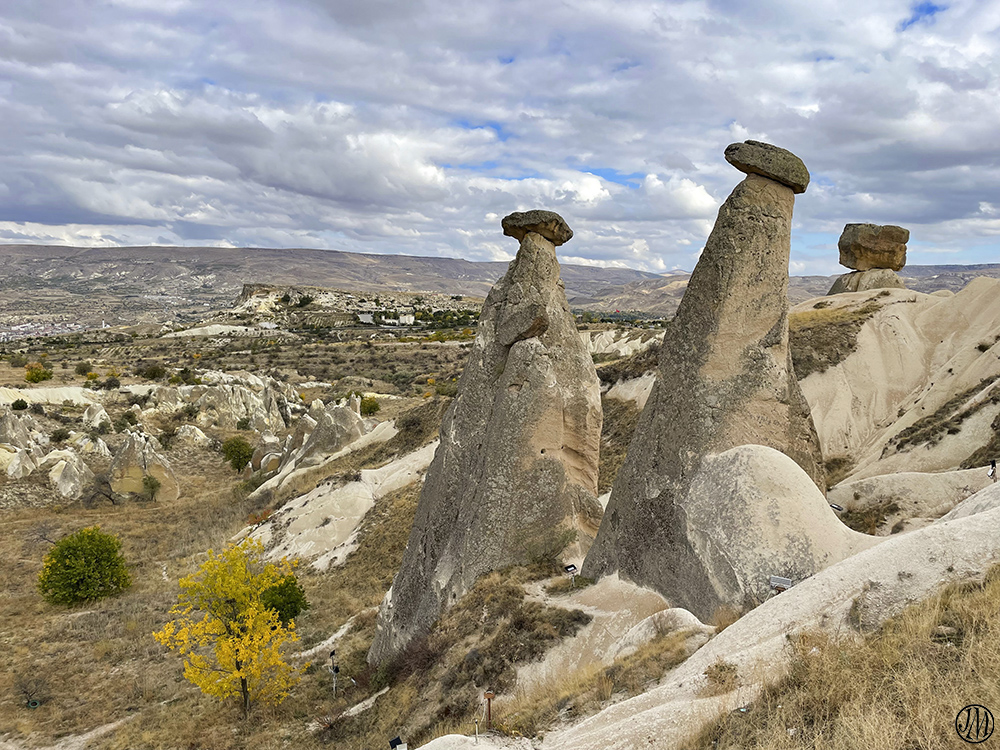
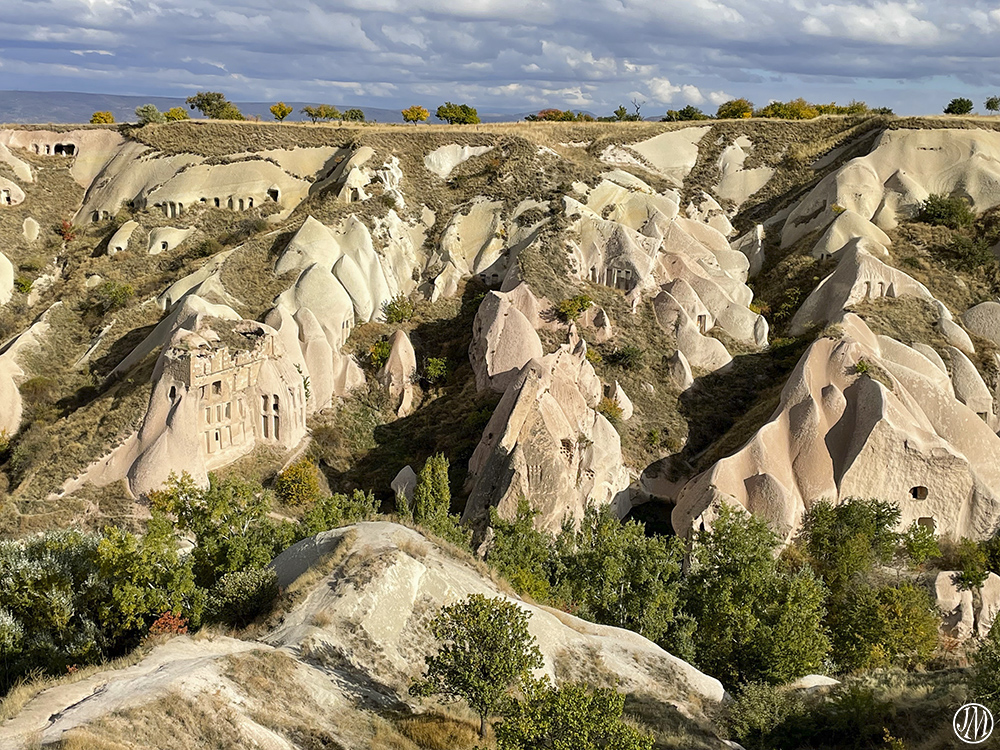
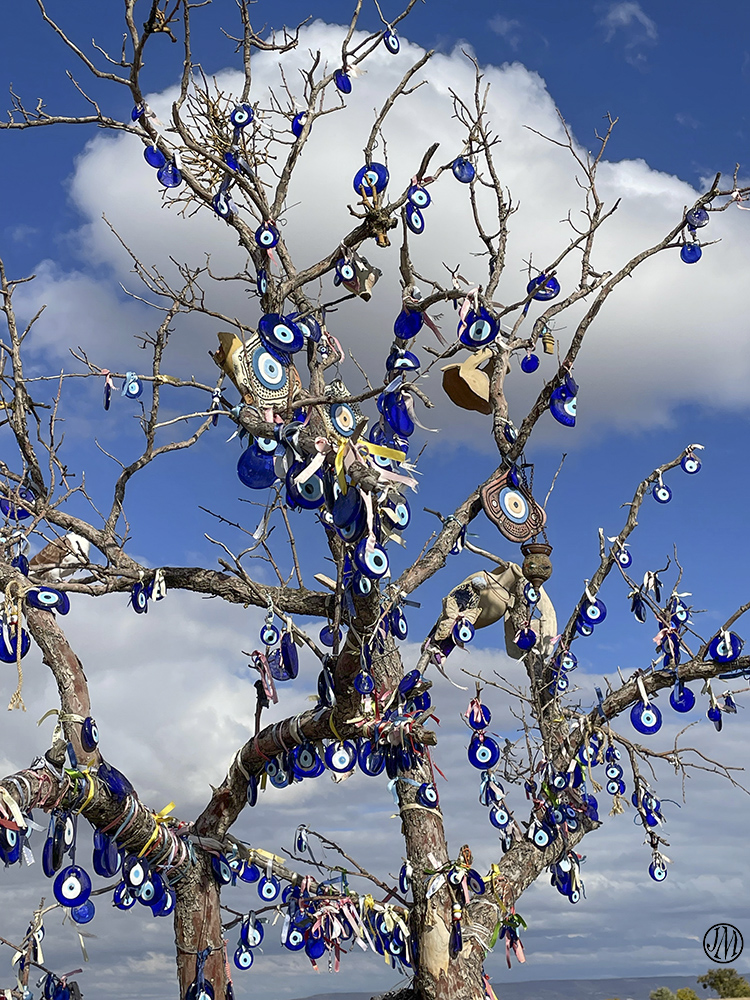
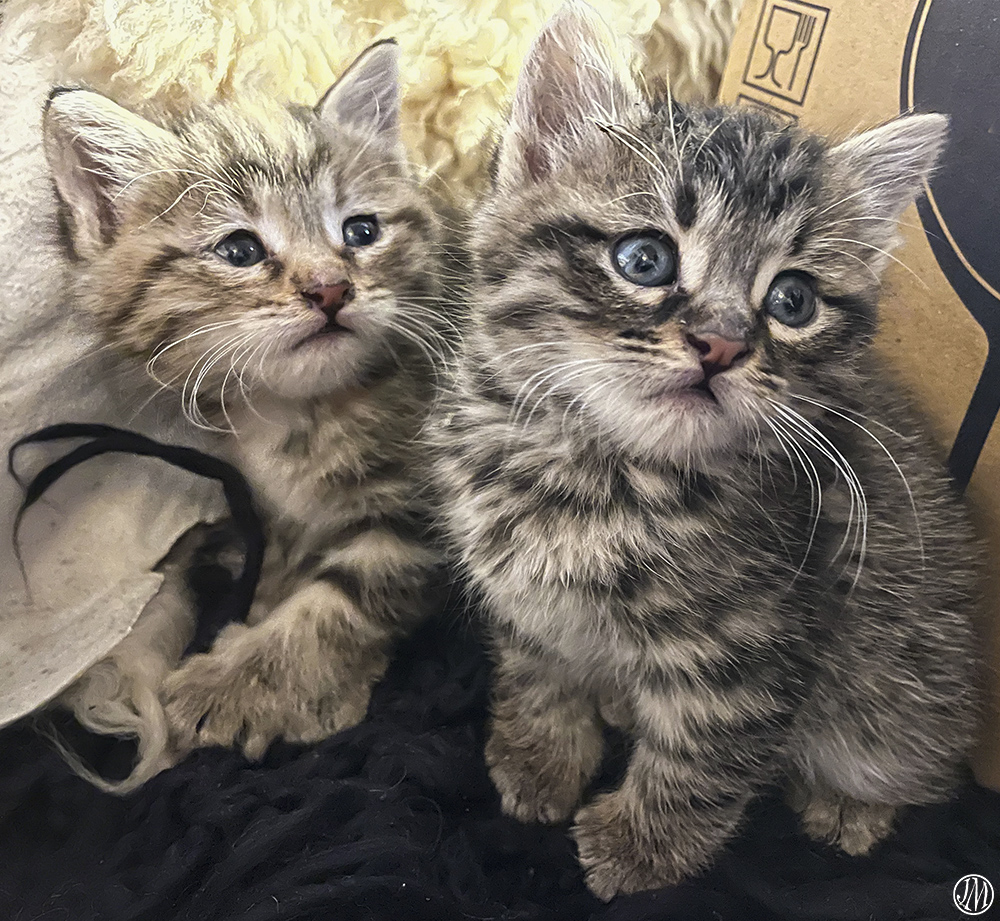
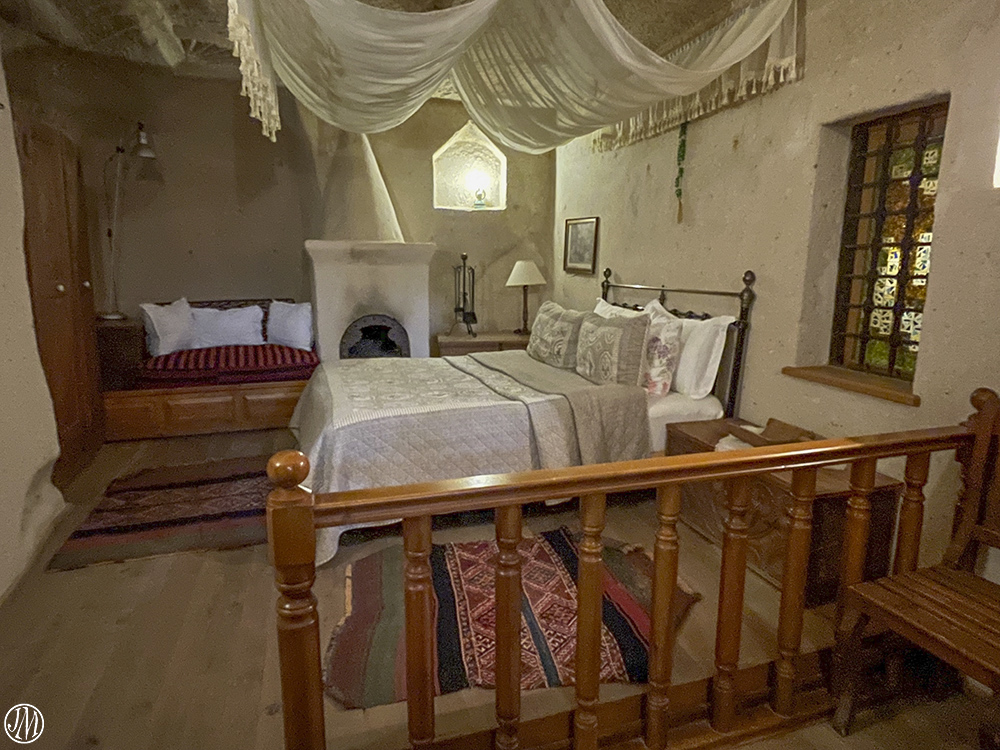
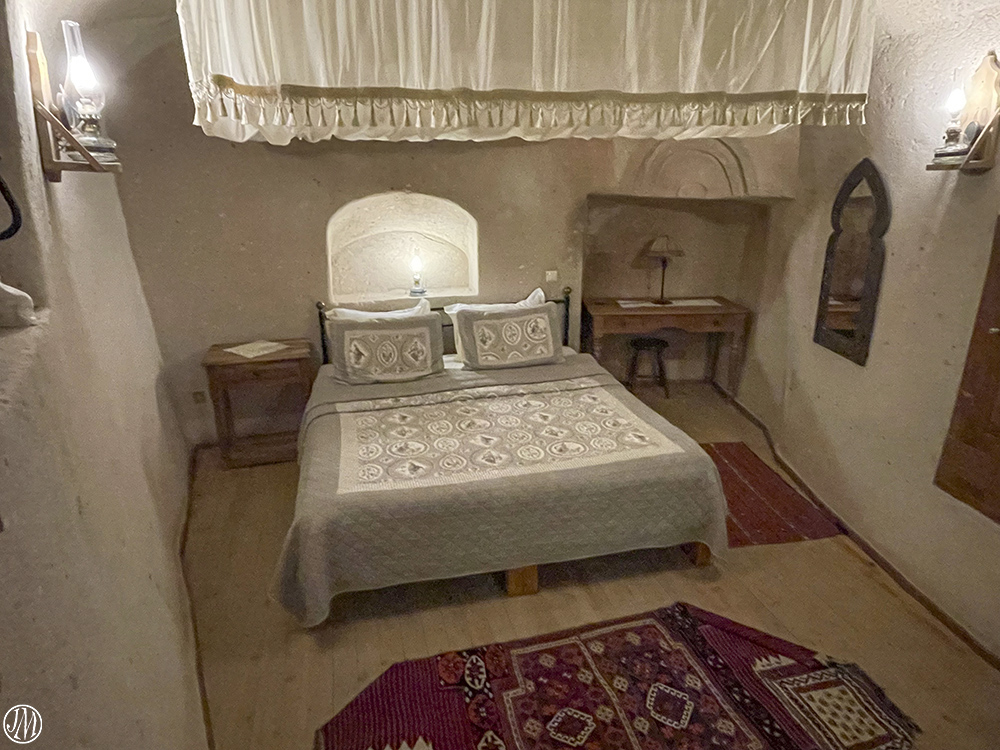
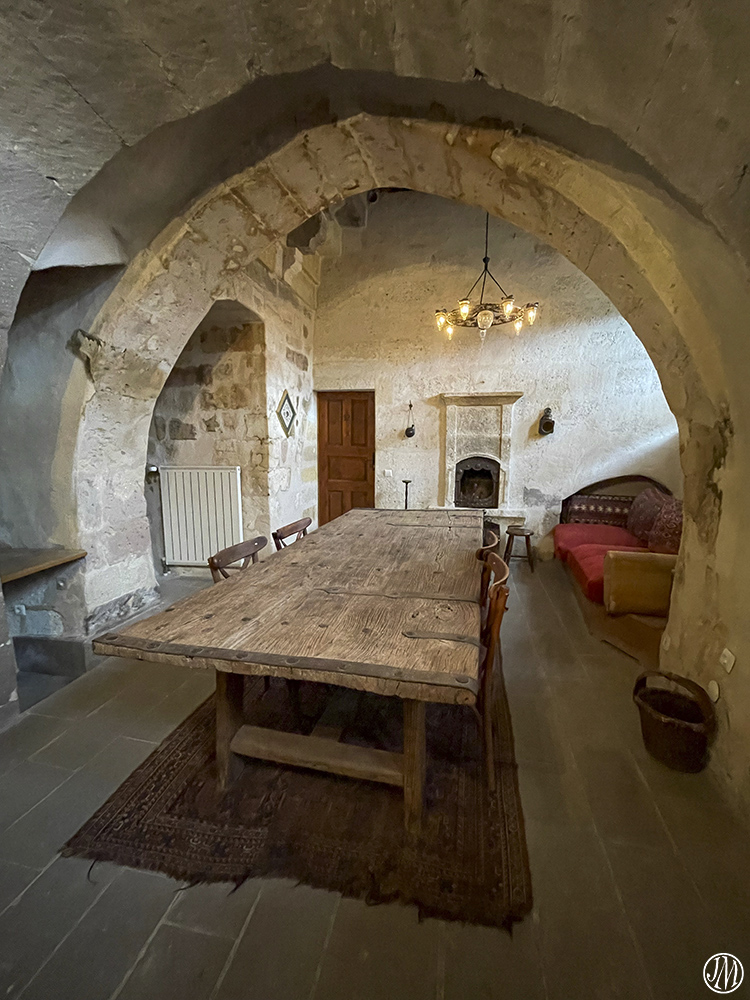
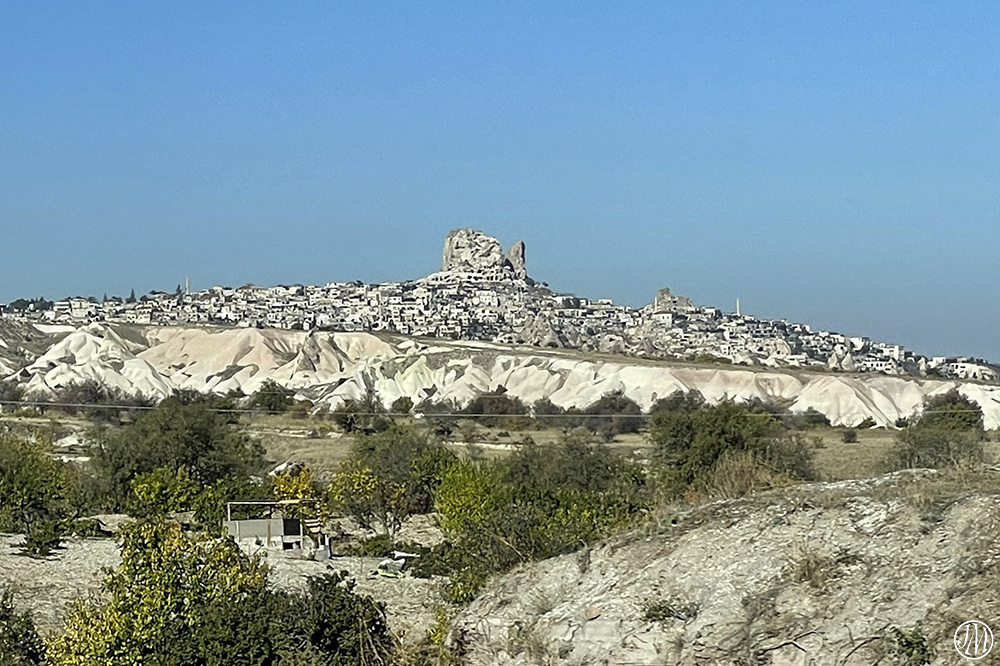
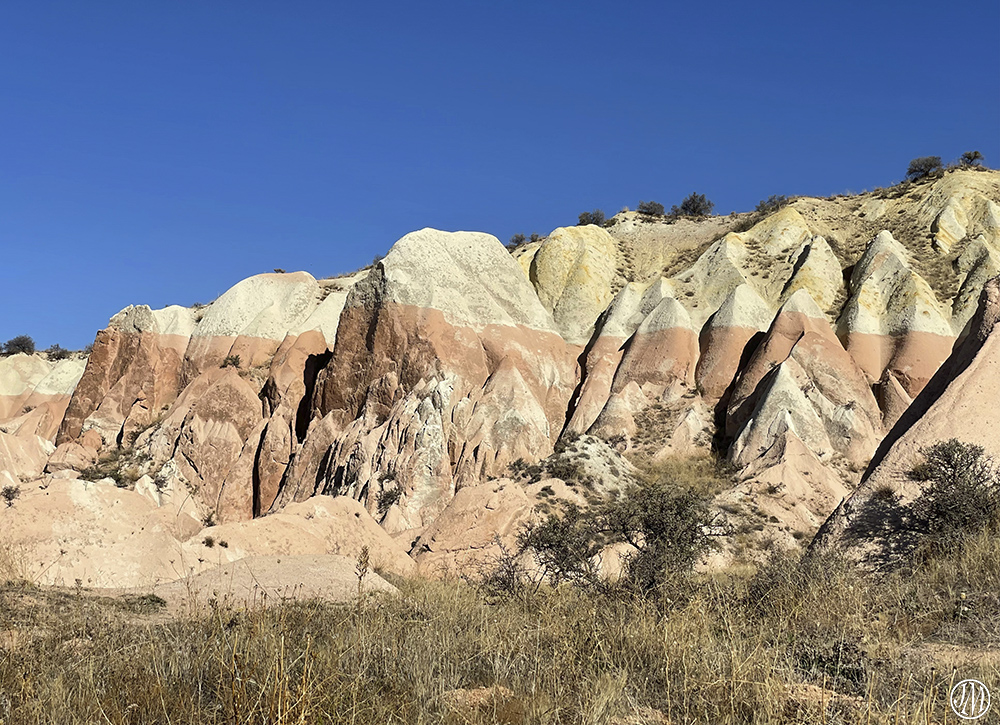
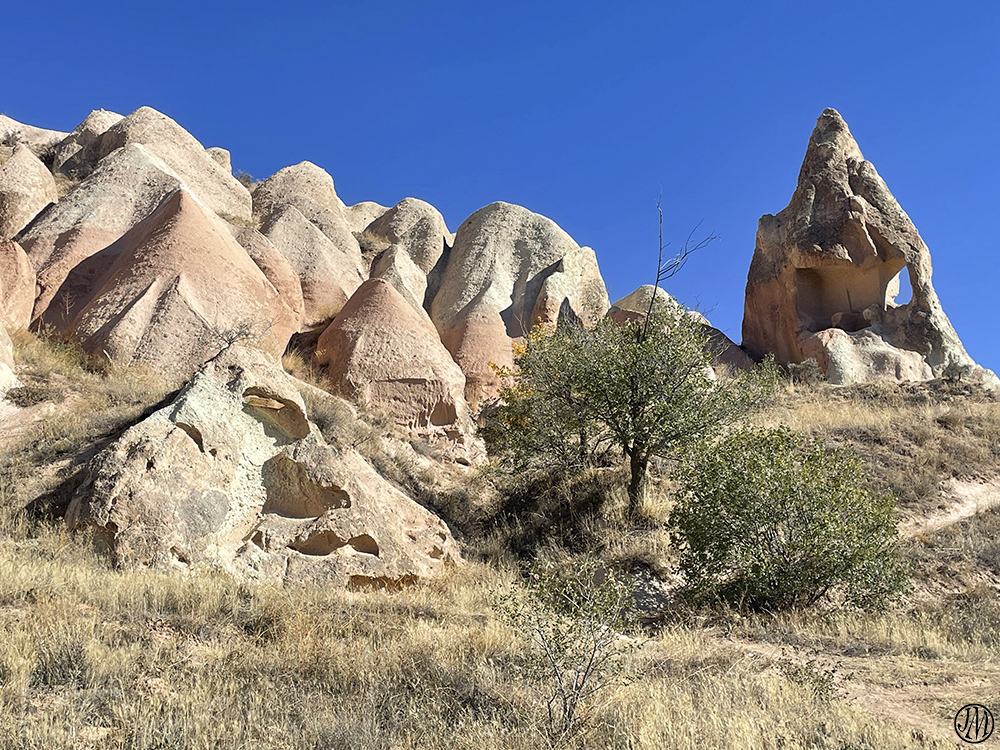
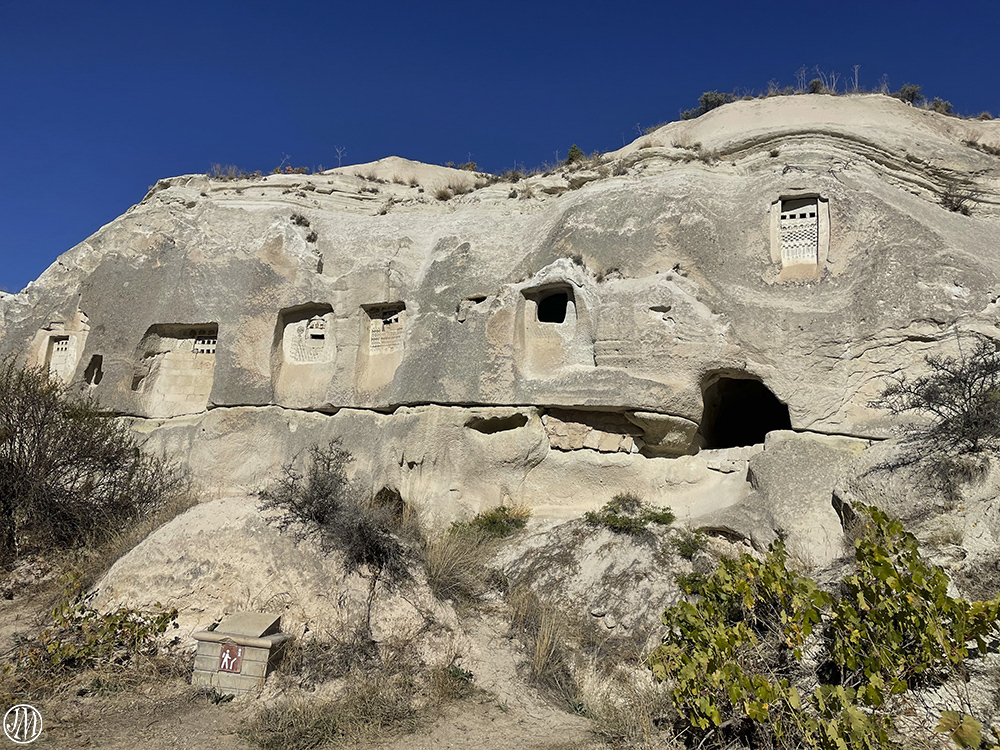

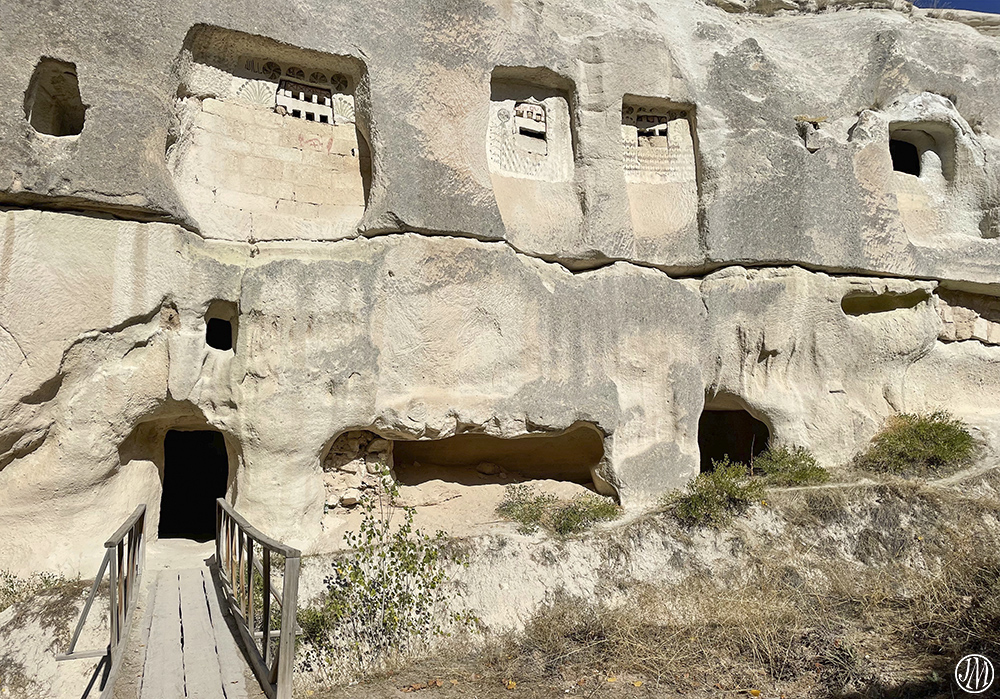
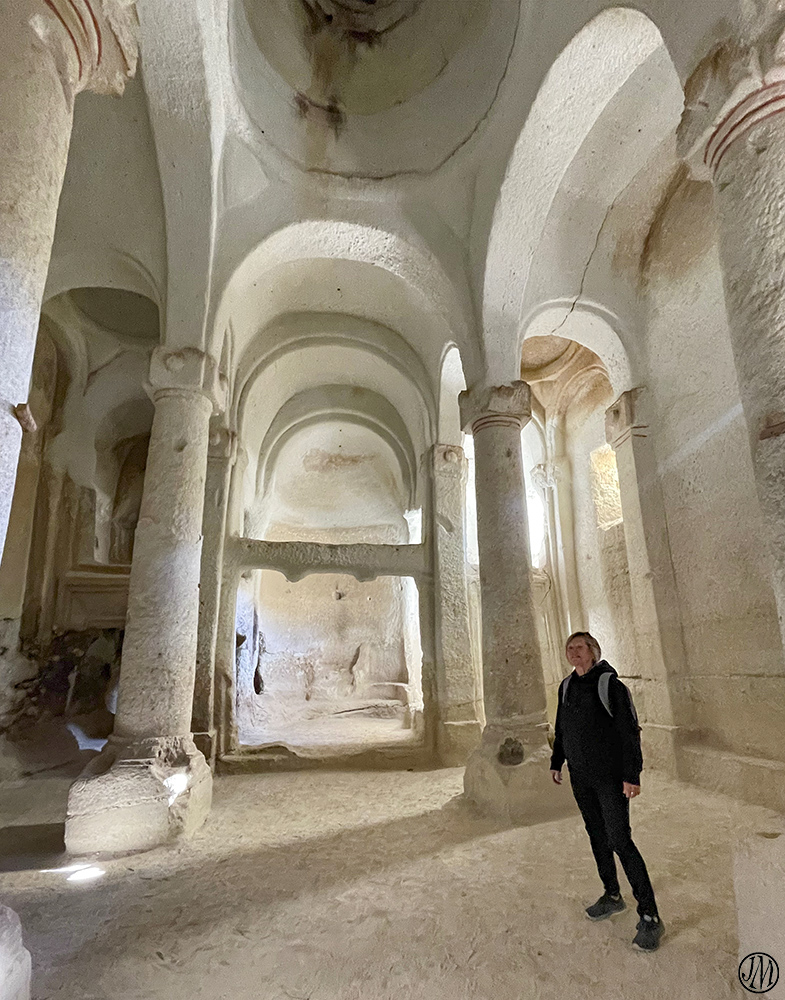
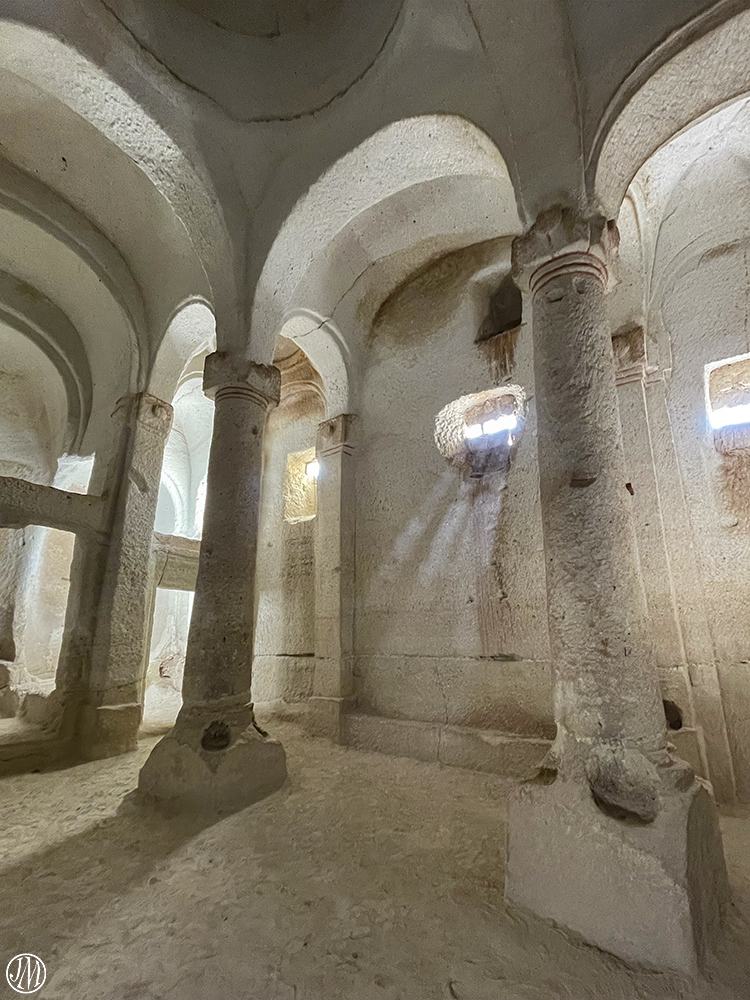
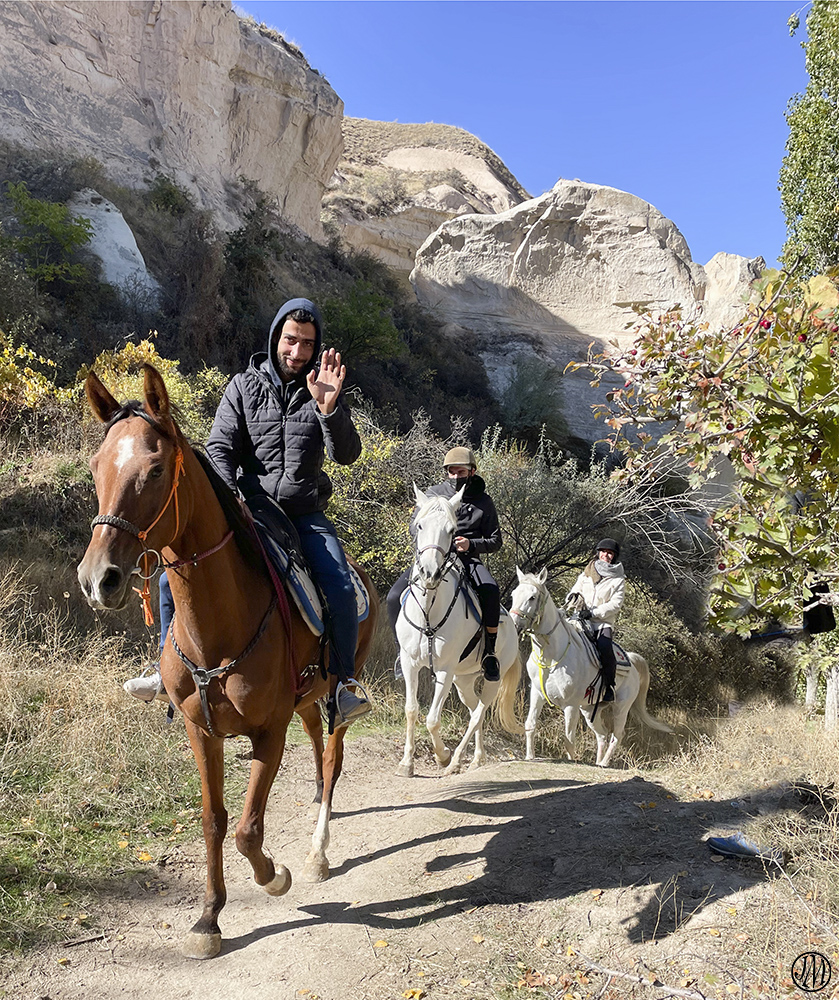
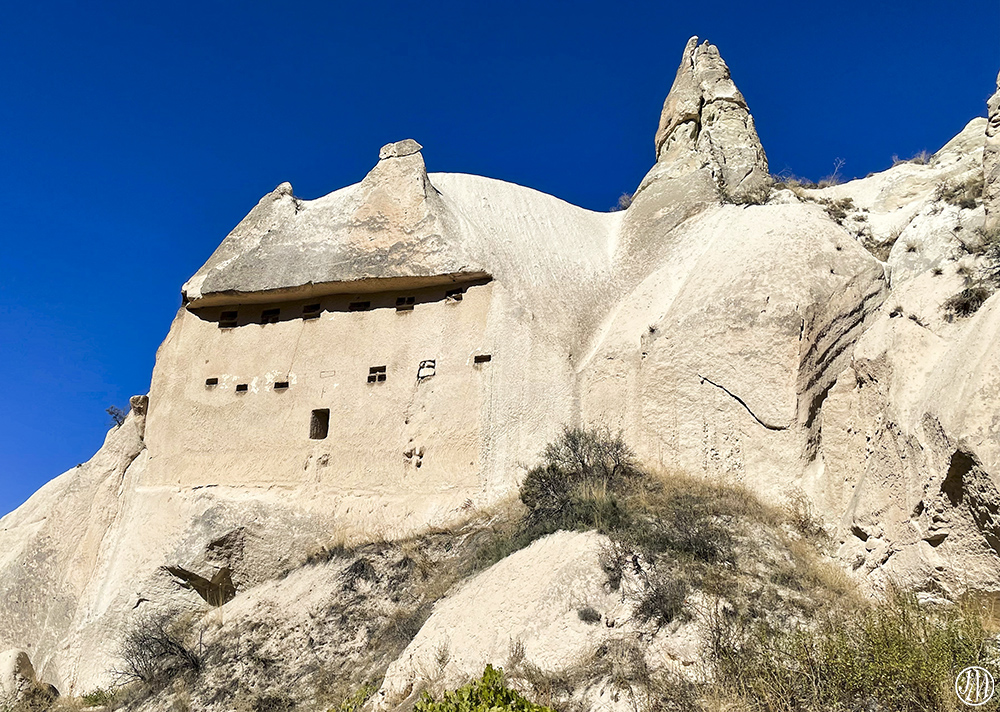
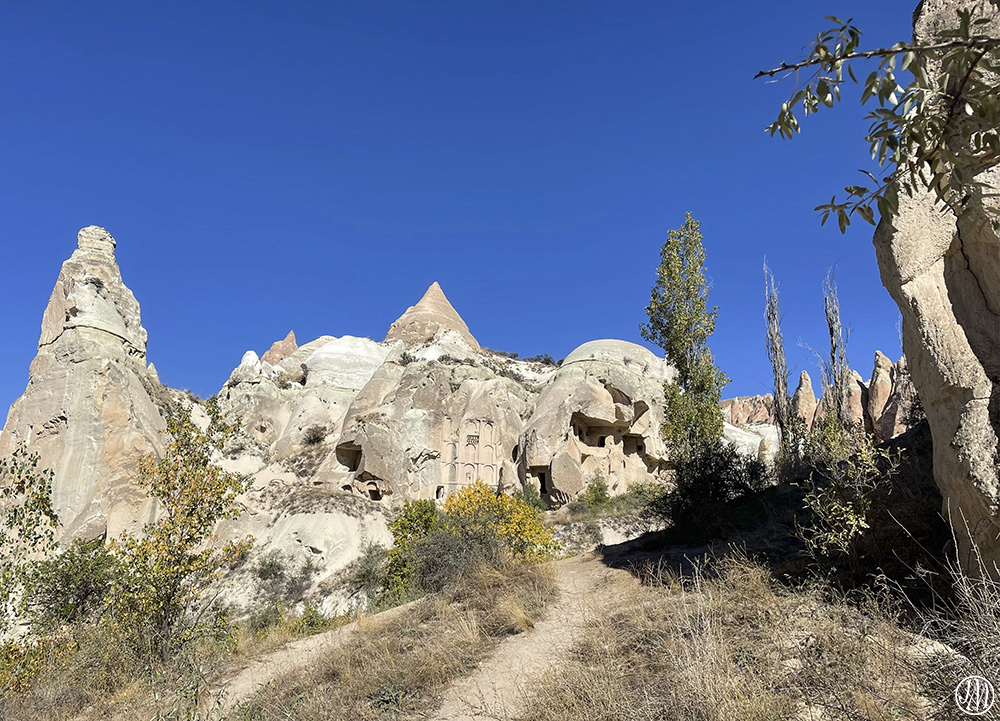
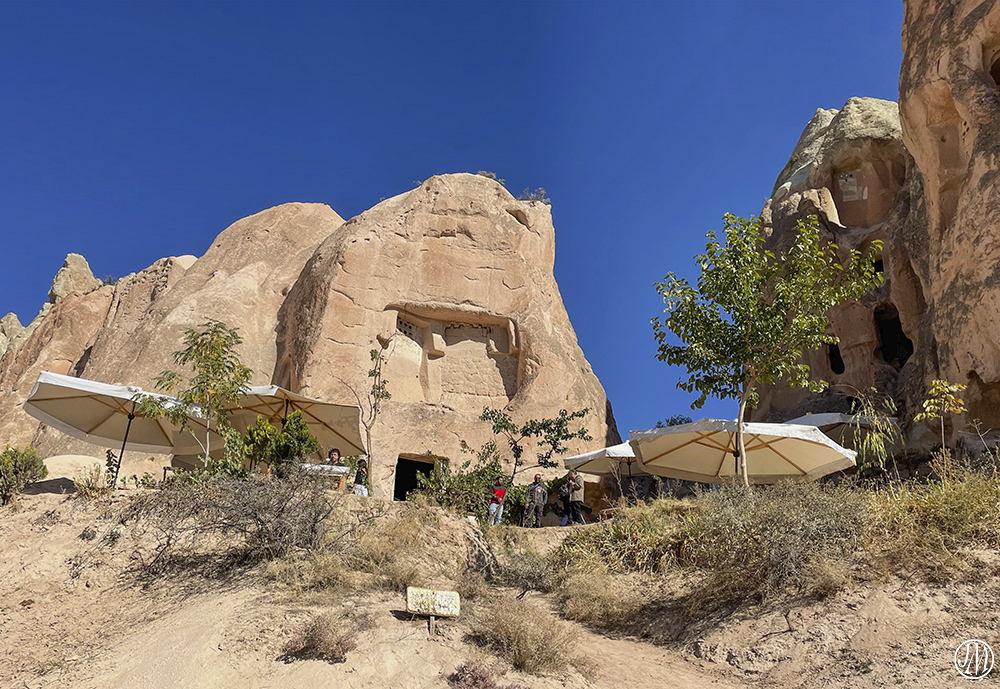
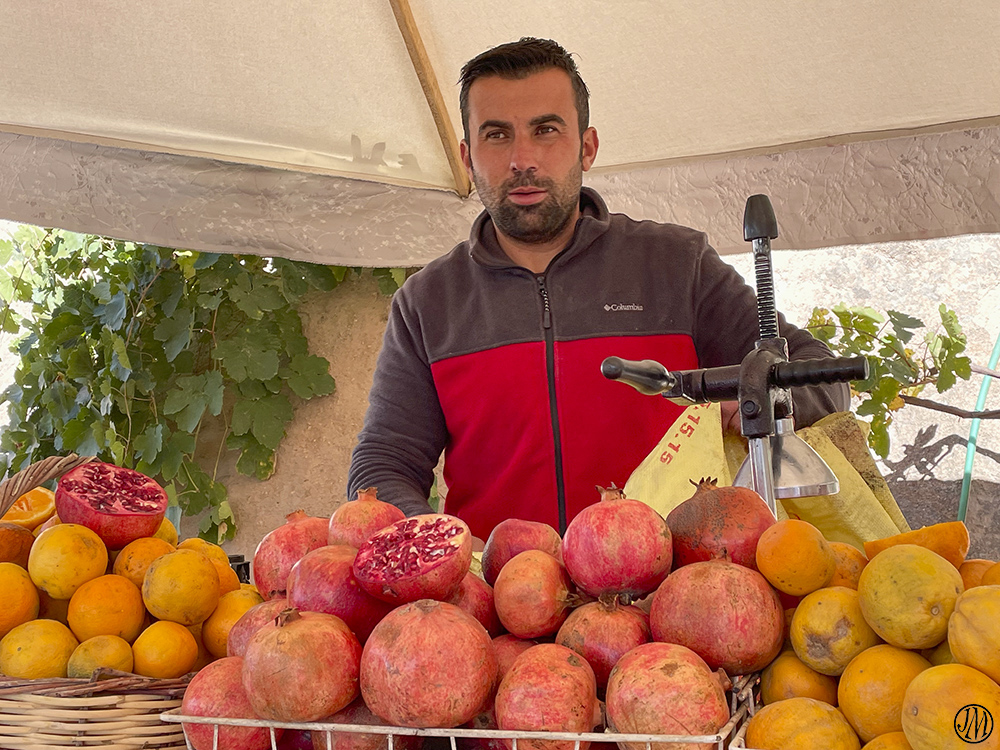
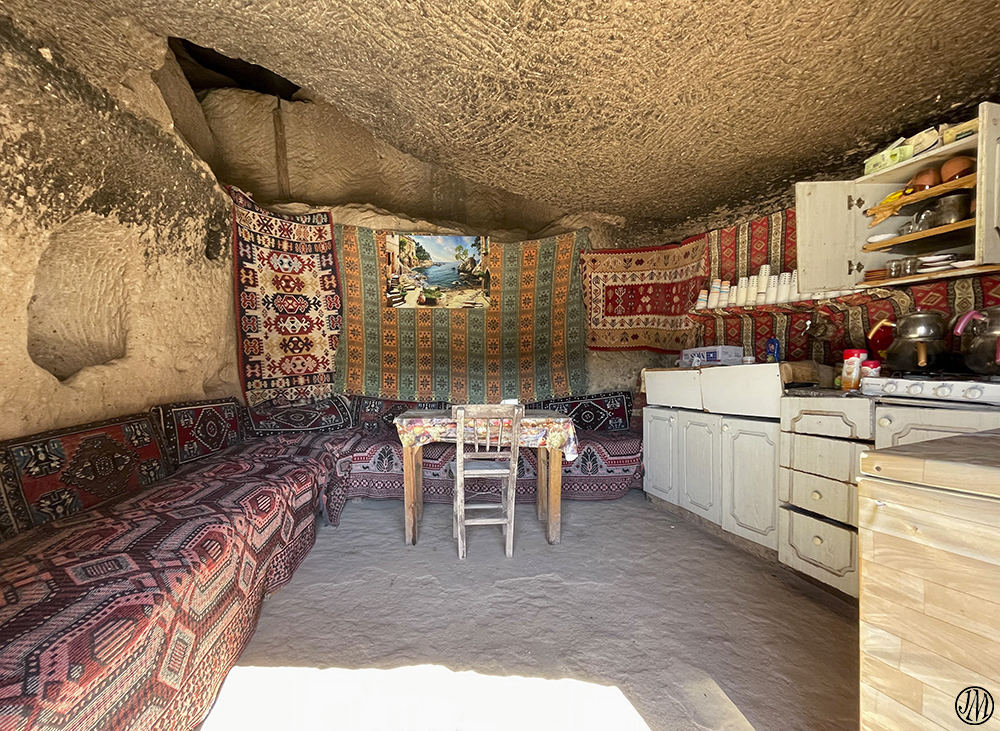
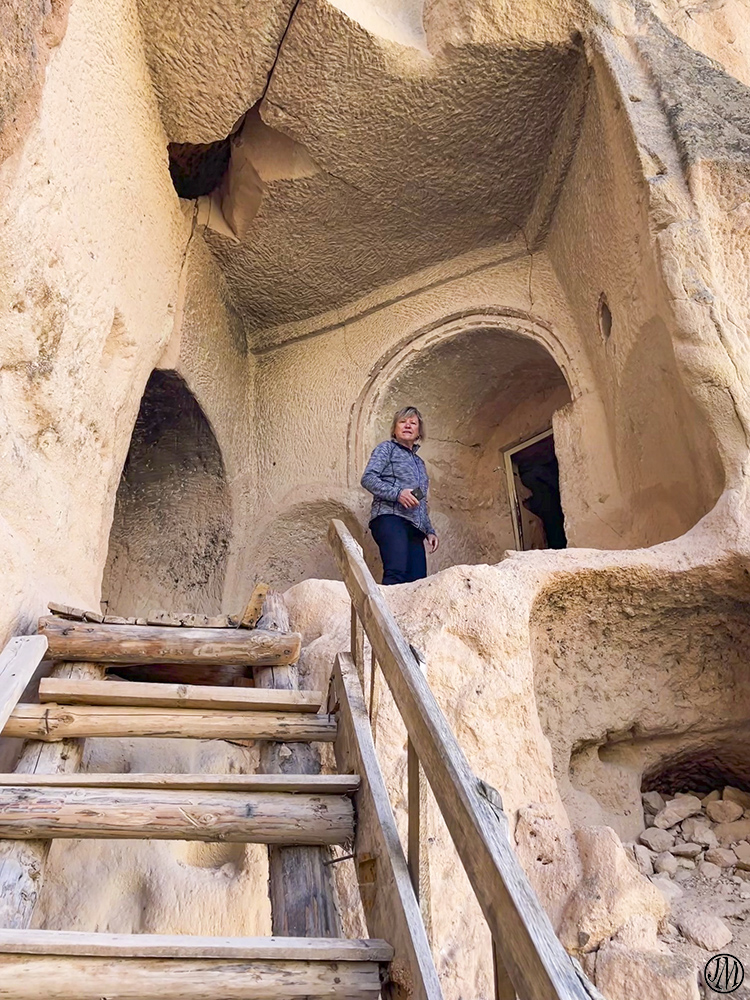
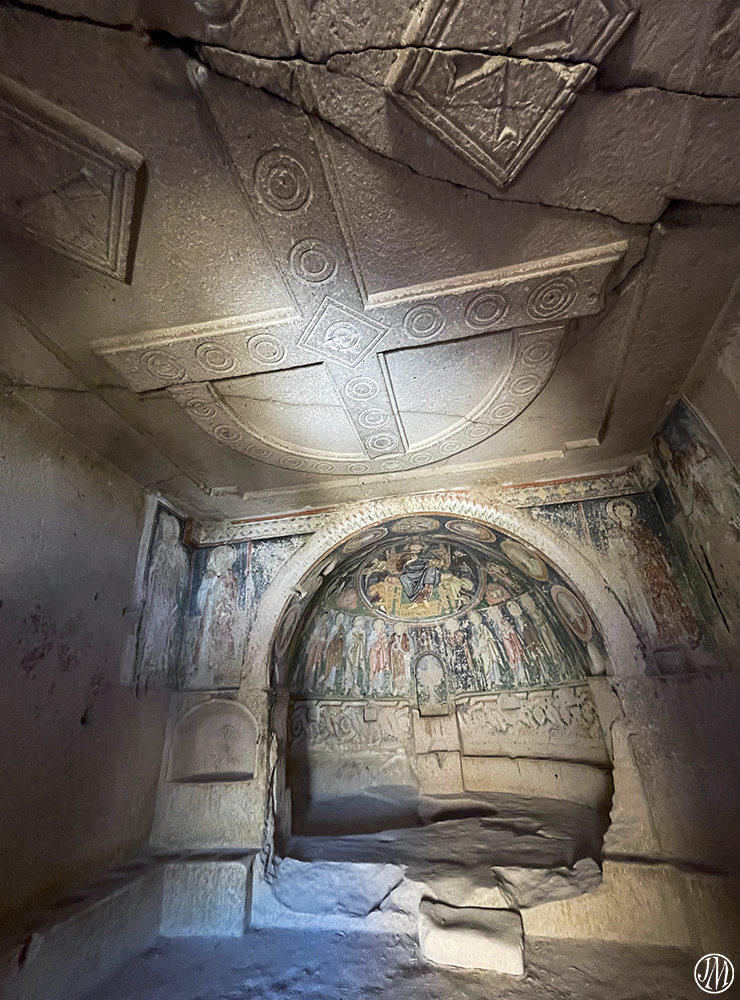
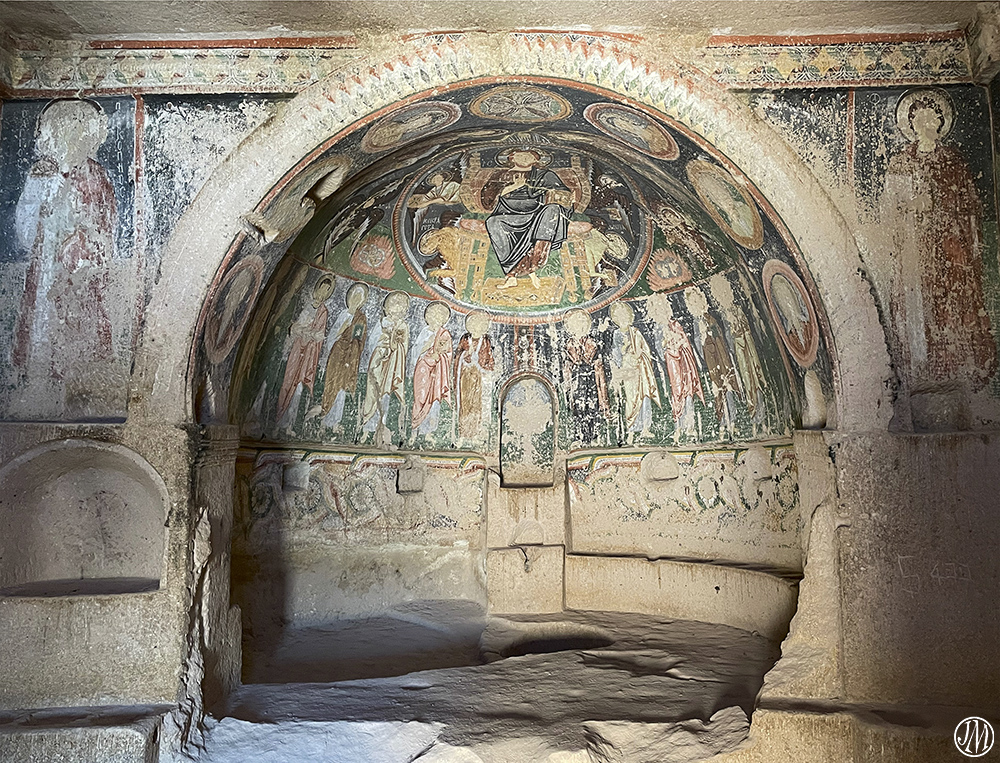
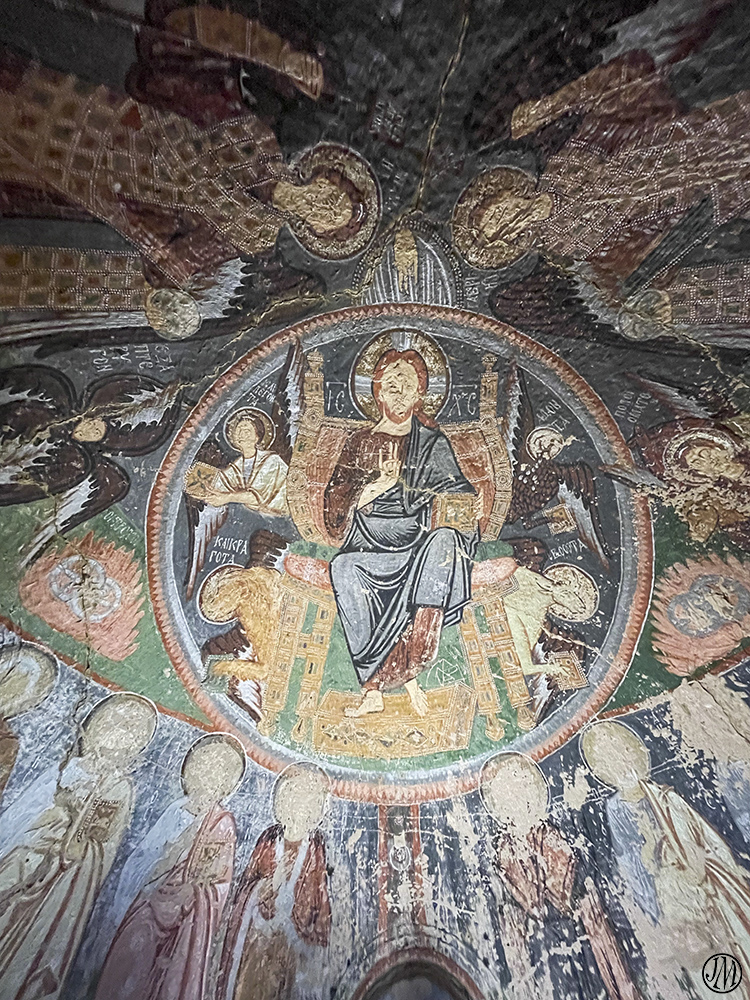
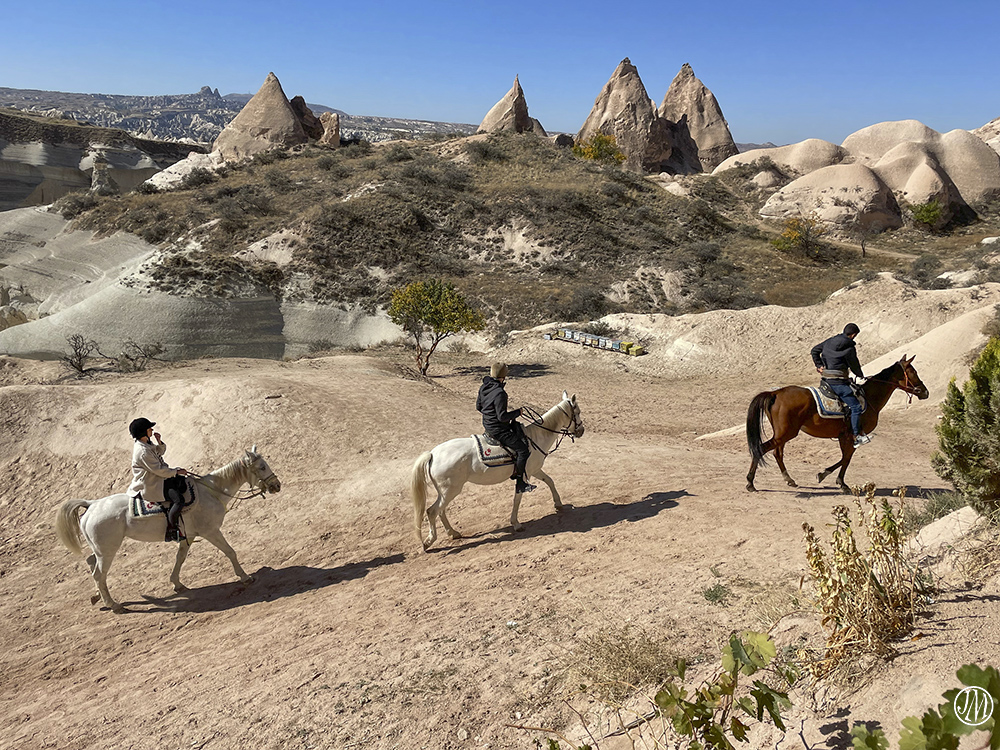
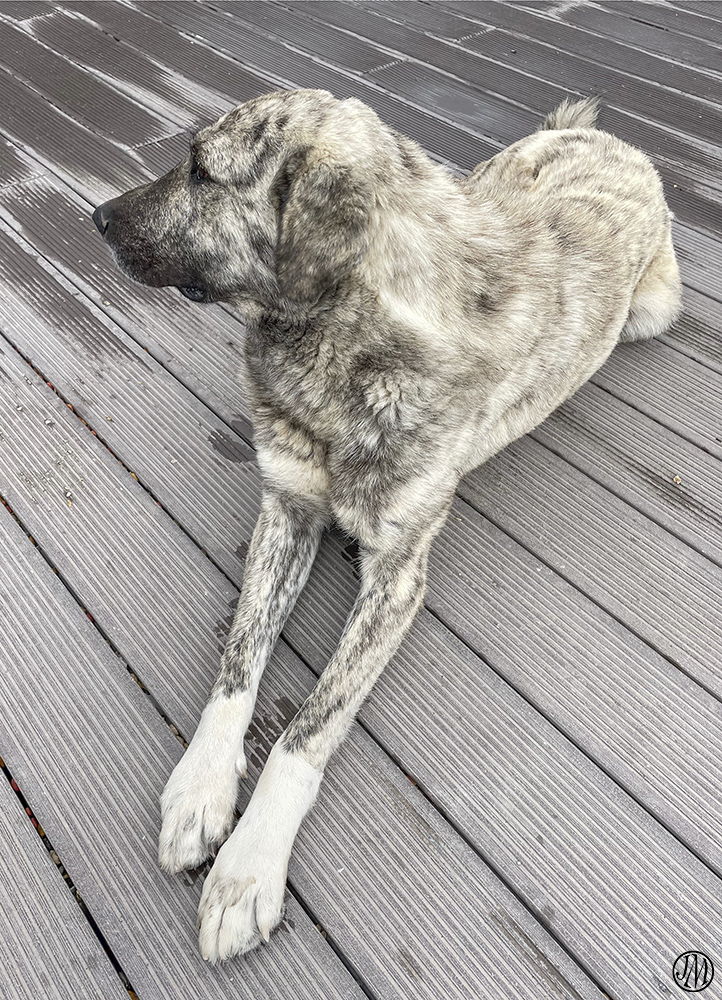
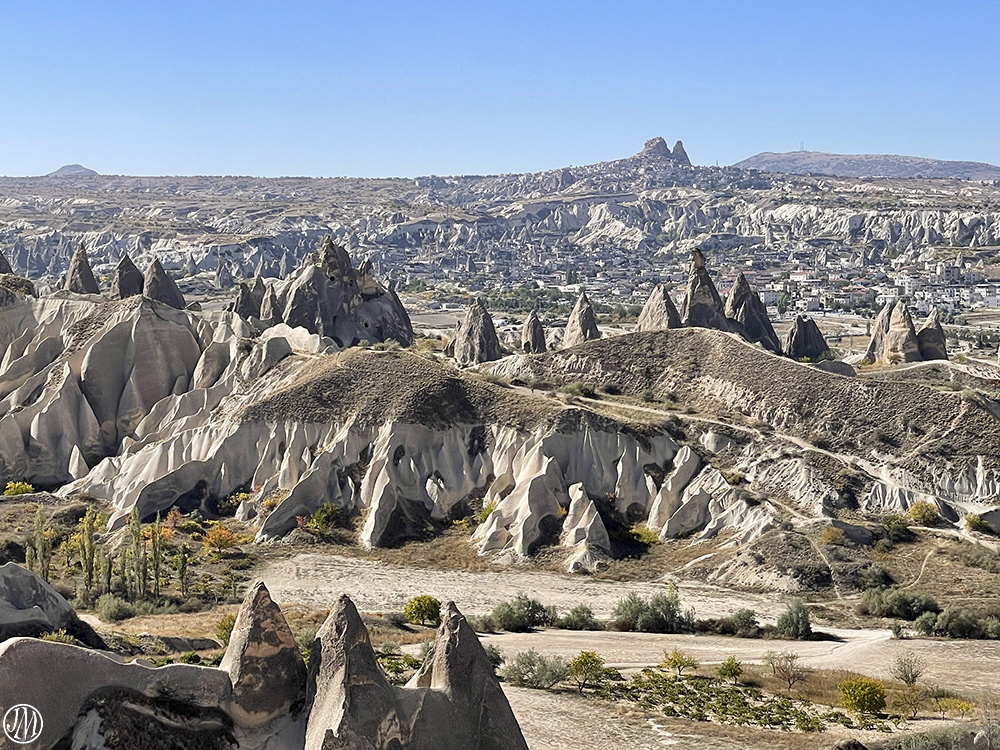
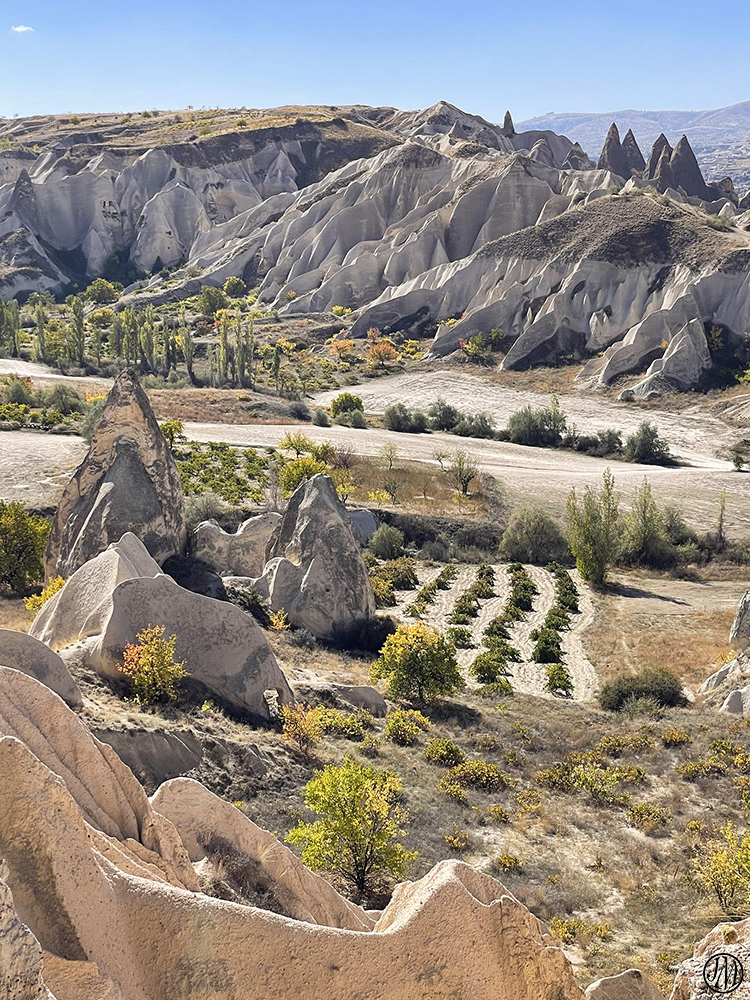
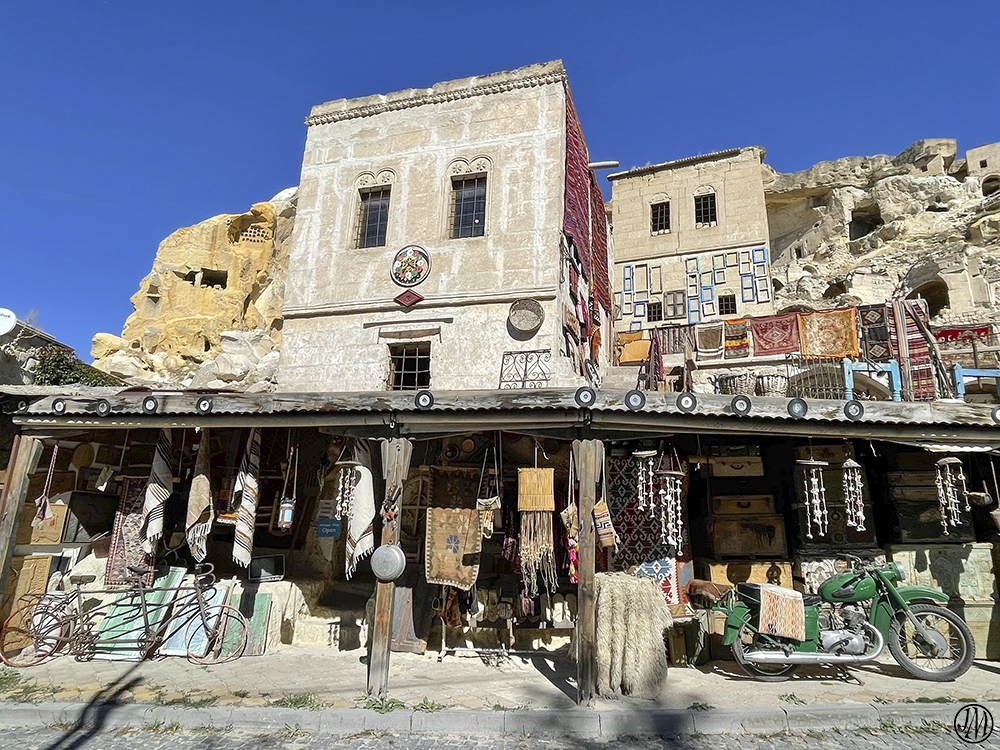
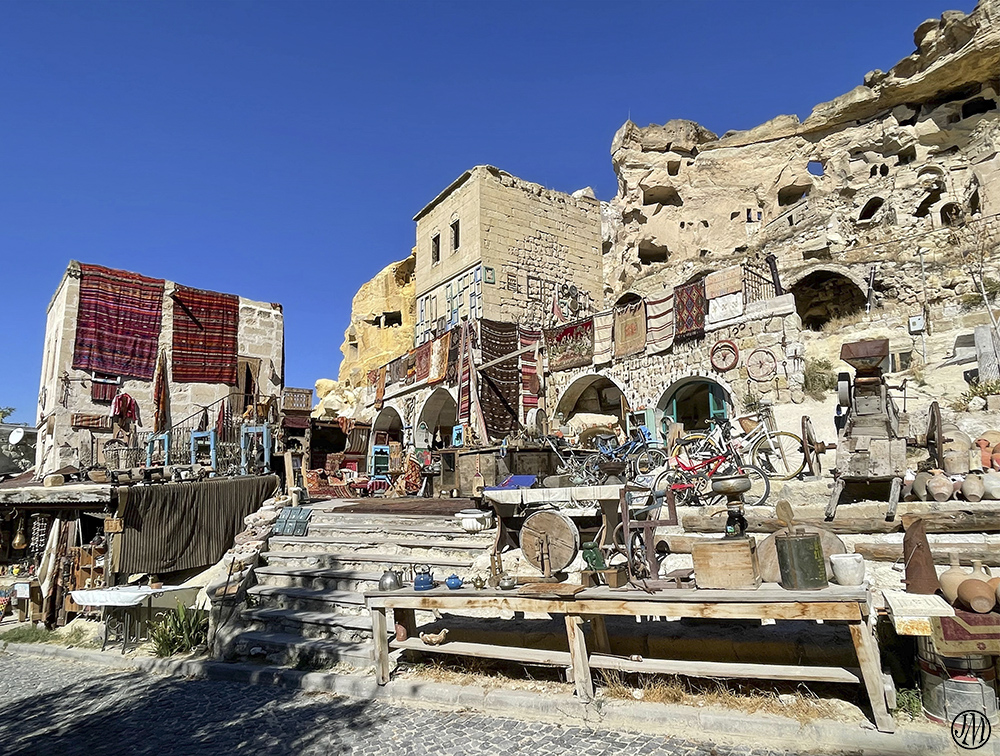
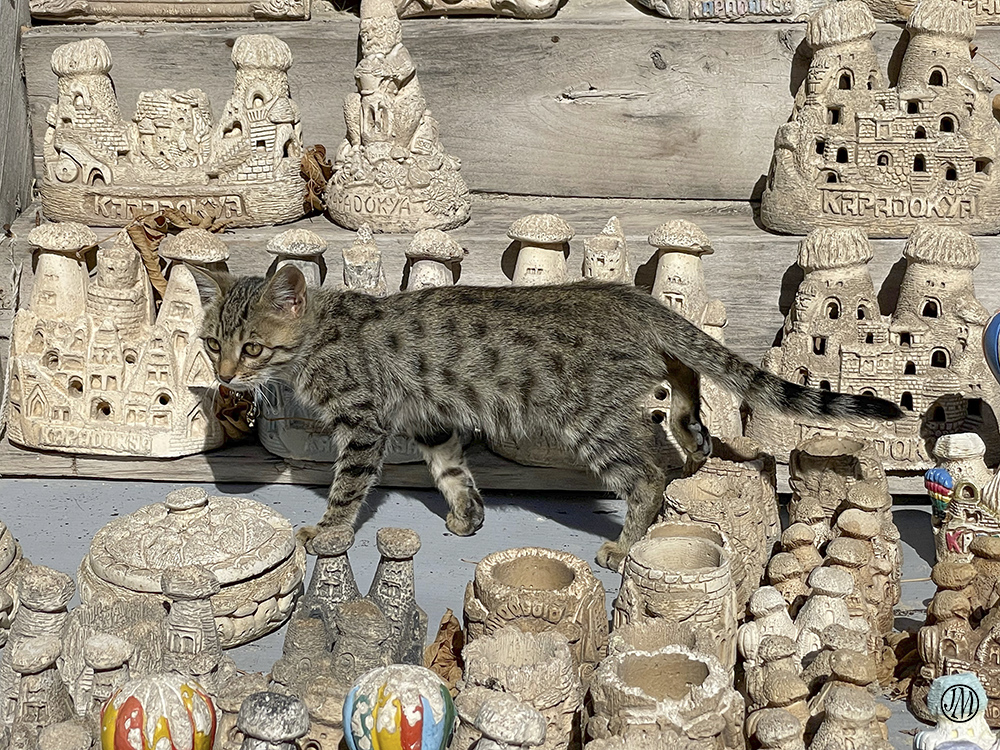
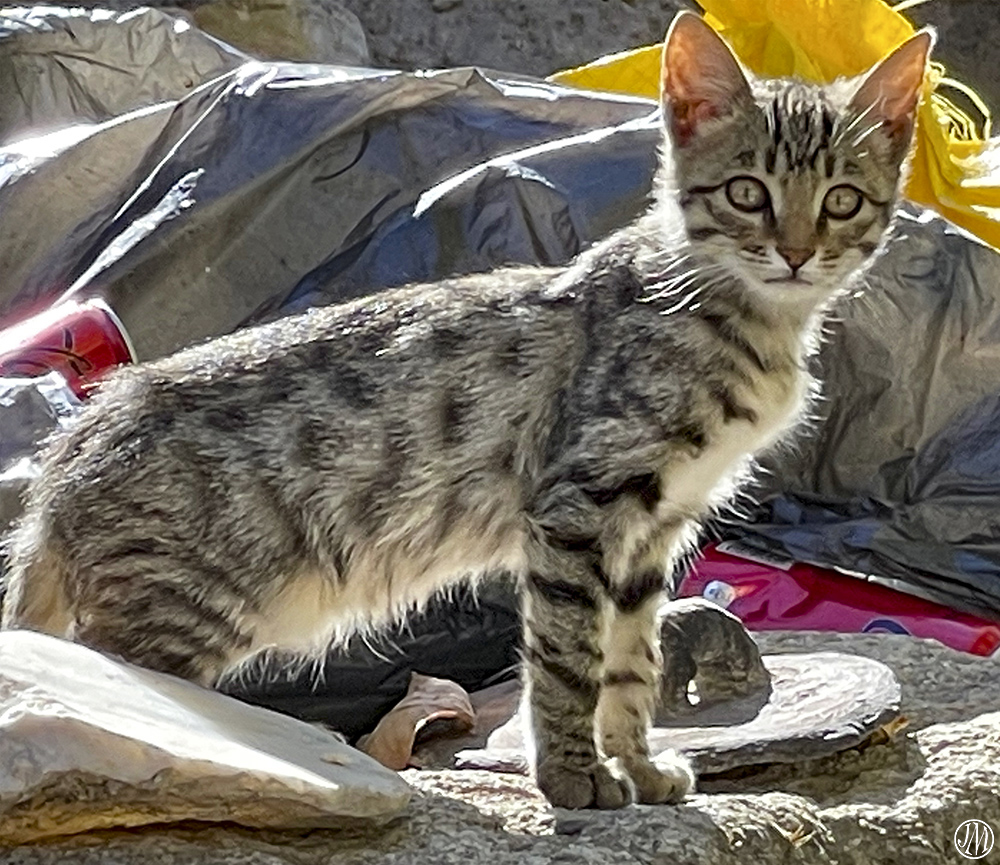


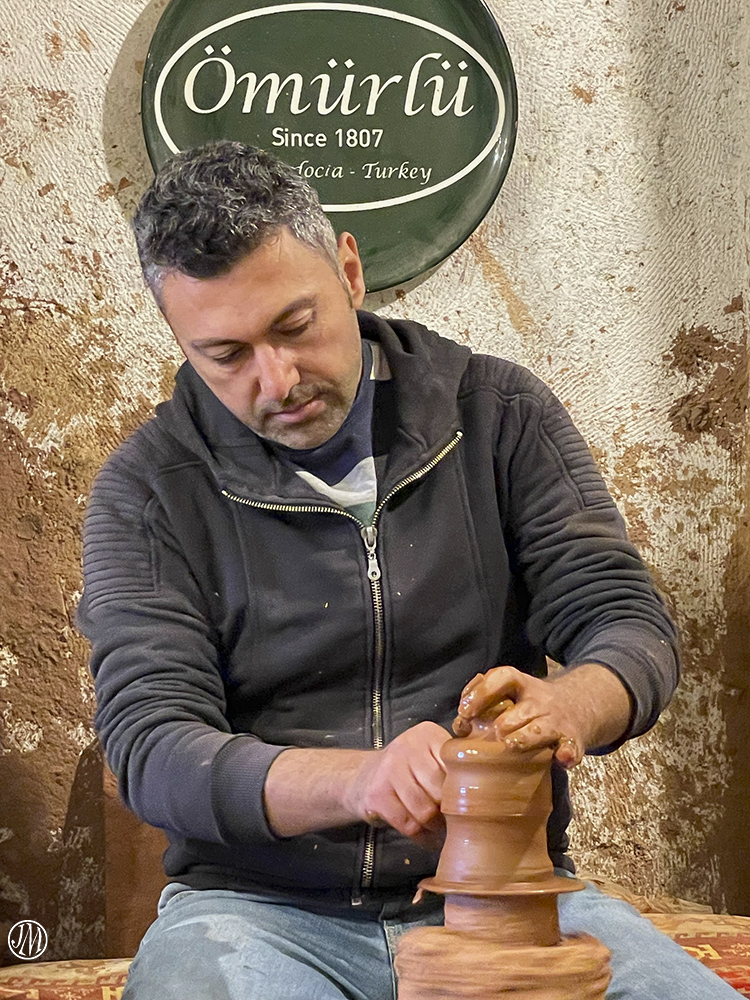
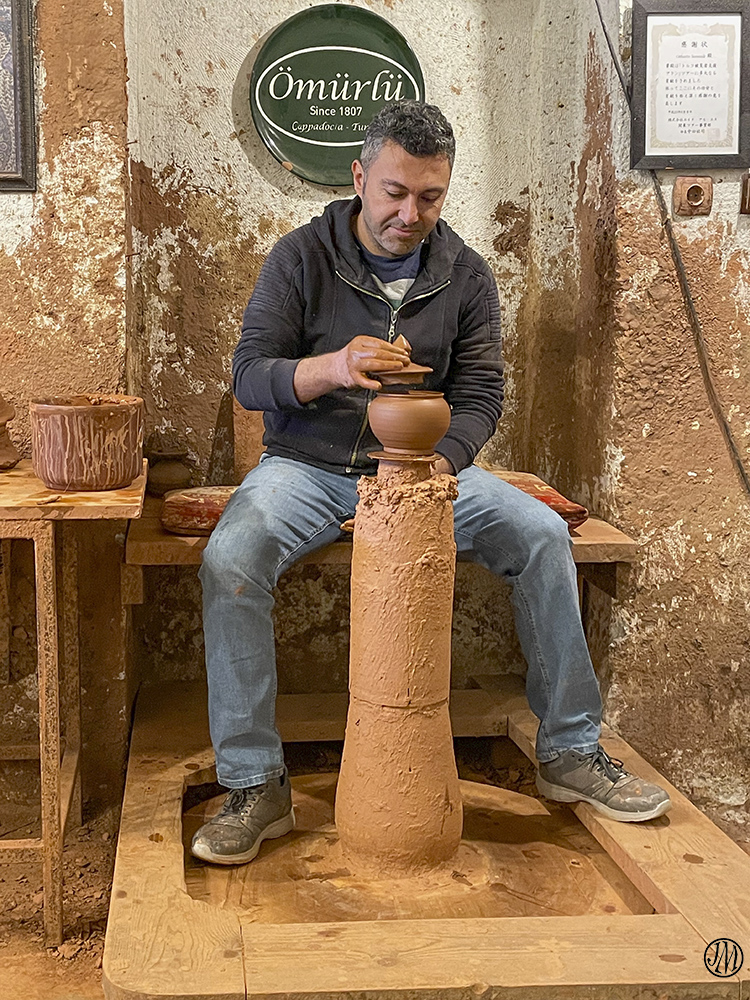
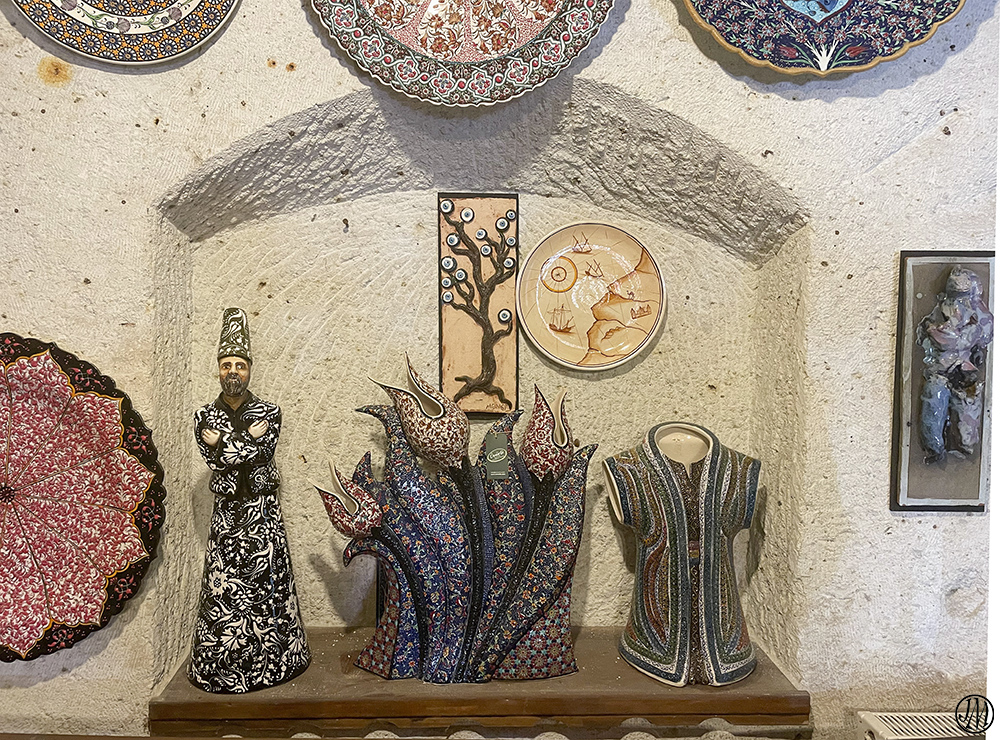
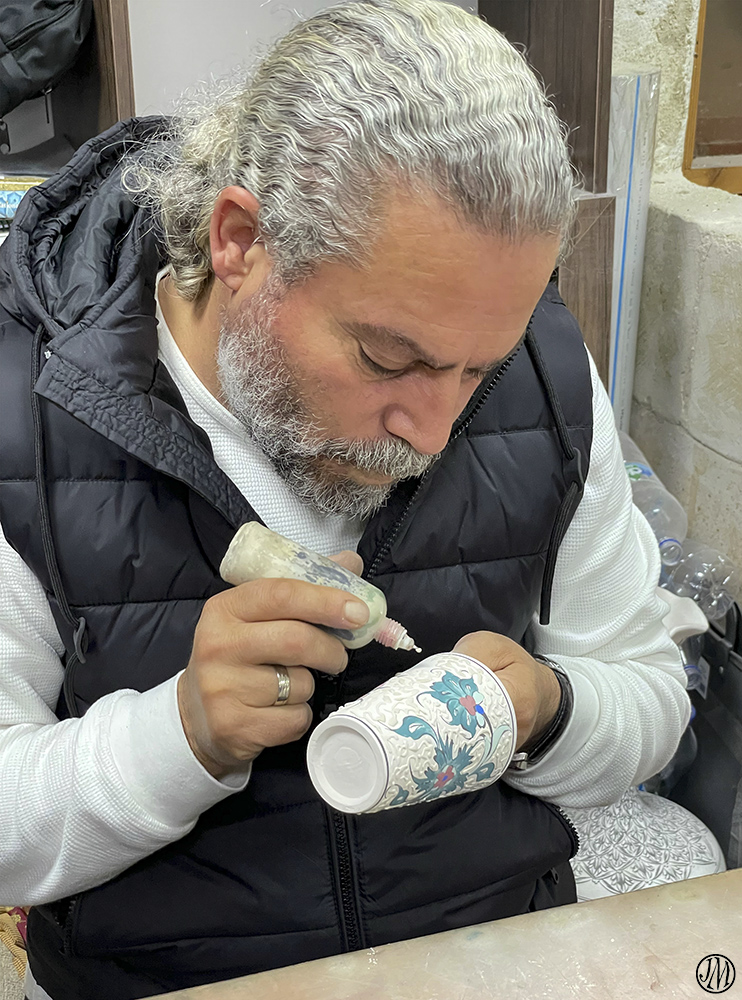
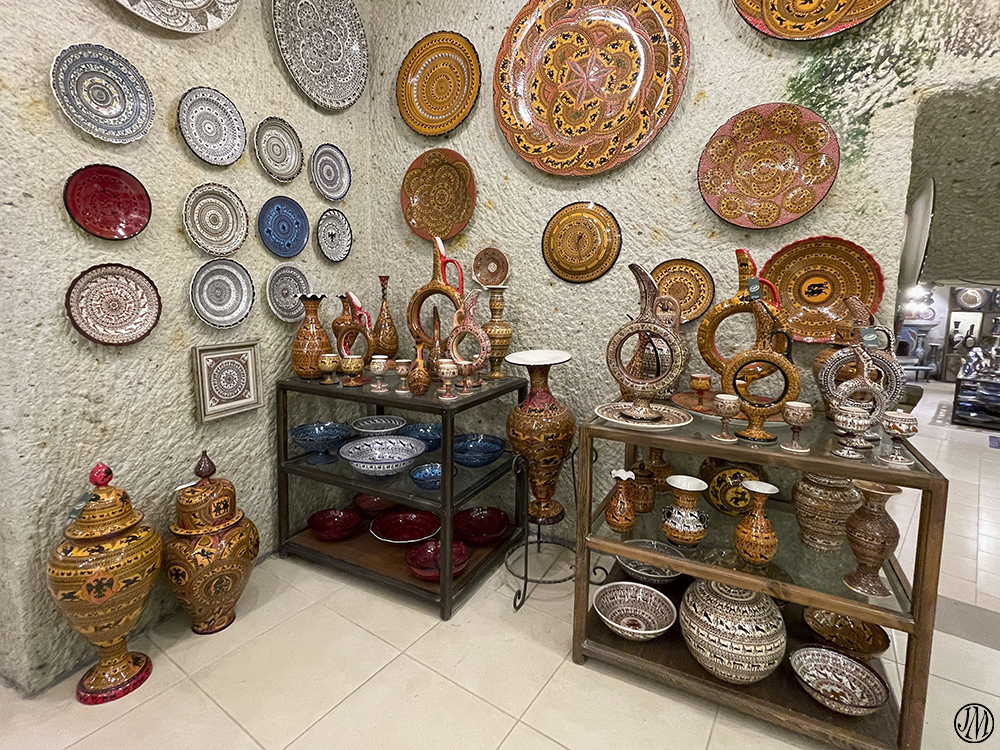
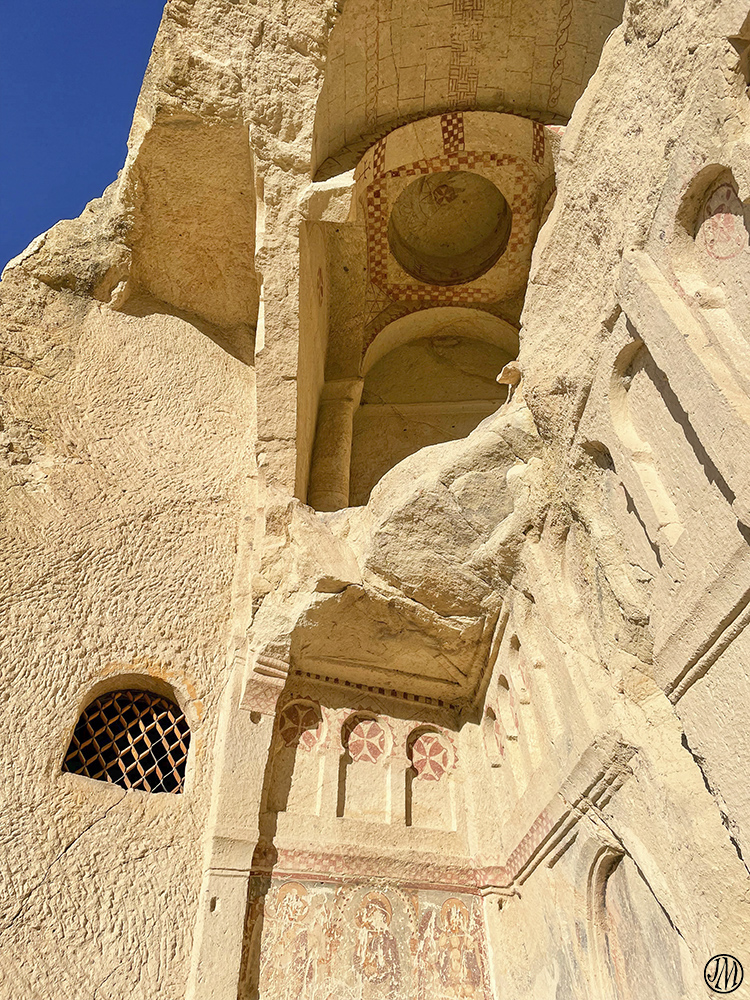
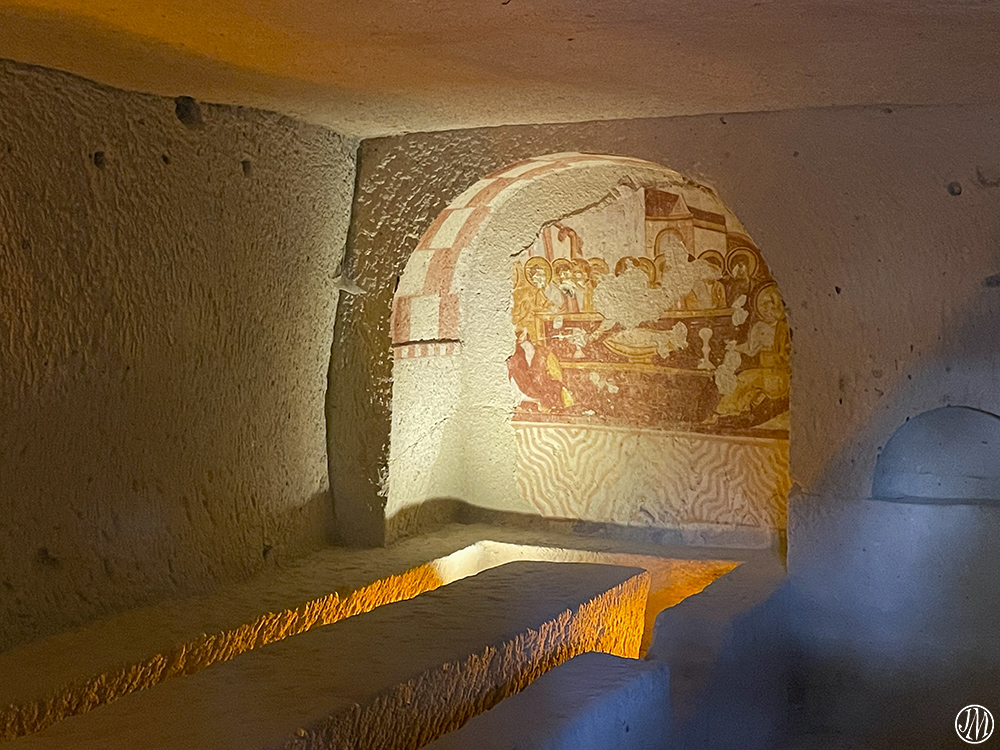
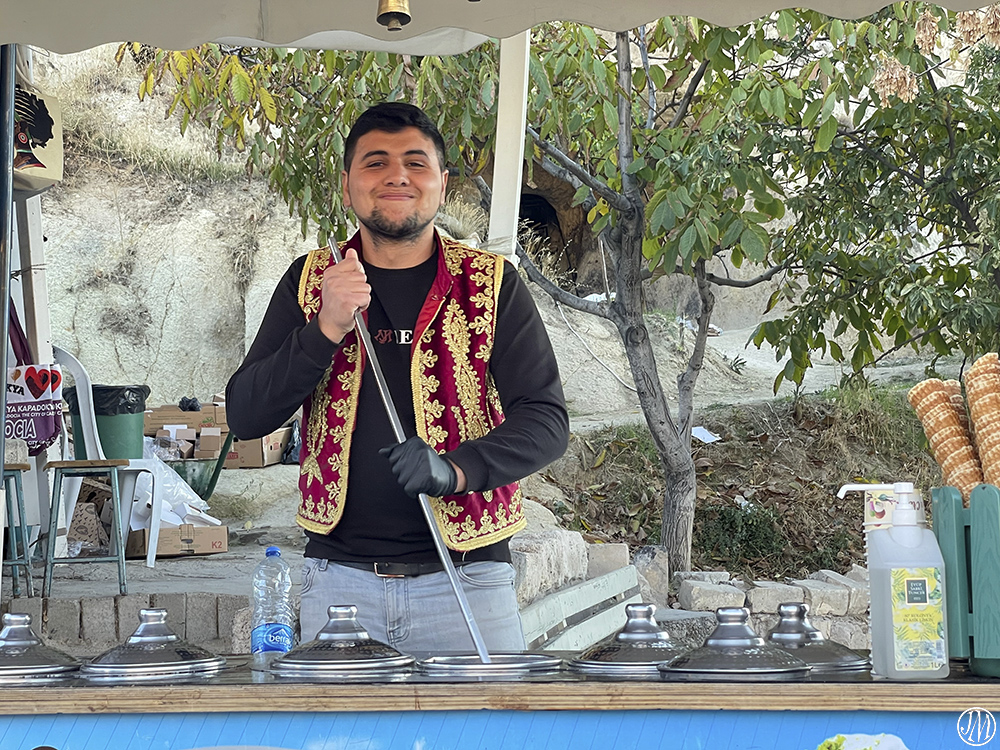

THANK YOU JOANNA!
As usual, I’m loving this armchair travelling – beautiful photos and a perfect level of detail, thanks !!
Another great post. Looking forward to the next one from Kapadokya.
Great photos What a wonderful time you had You saw way more of Cappadocia than we did on our tour
What an amazing place Cappadocia is. I’ve never heard of it – so surprising as it Is absolutely stunning. Thanks for all the photos and descriptions.
We should have added Cappadocia to our itinerary it looks just wonderful and of course your pictures and narratives make it irresistible!
What an amazing area and history and beauty – am gobsmacked